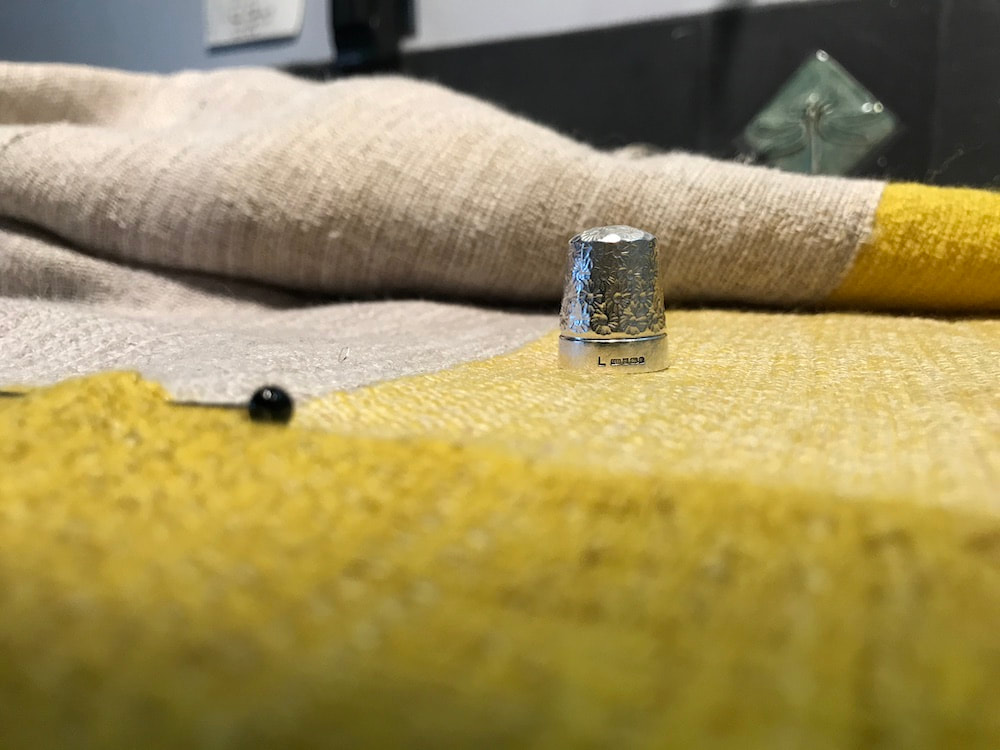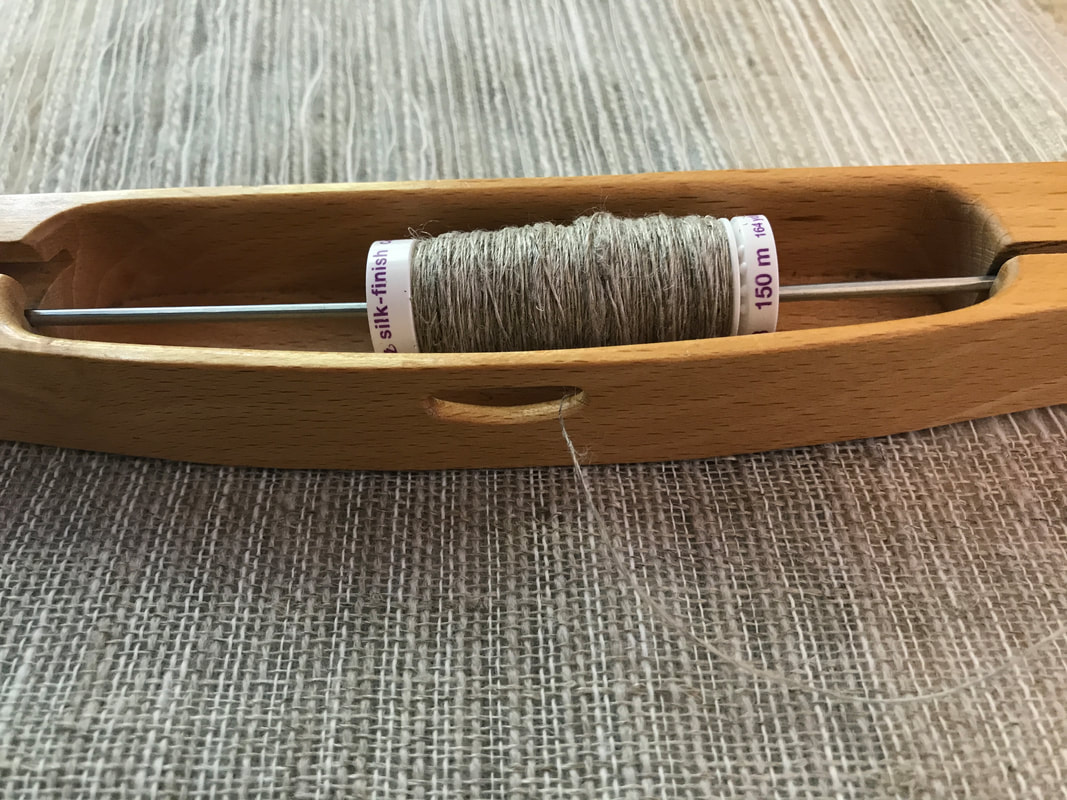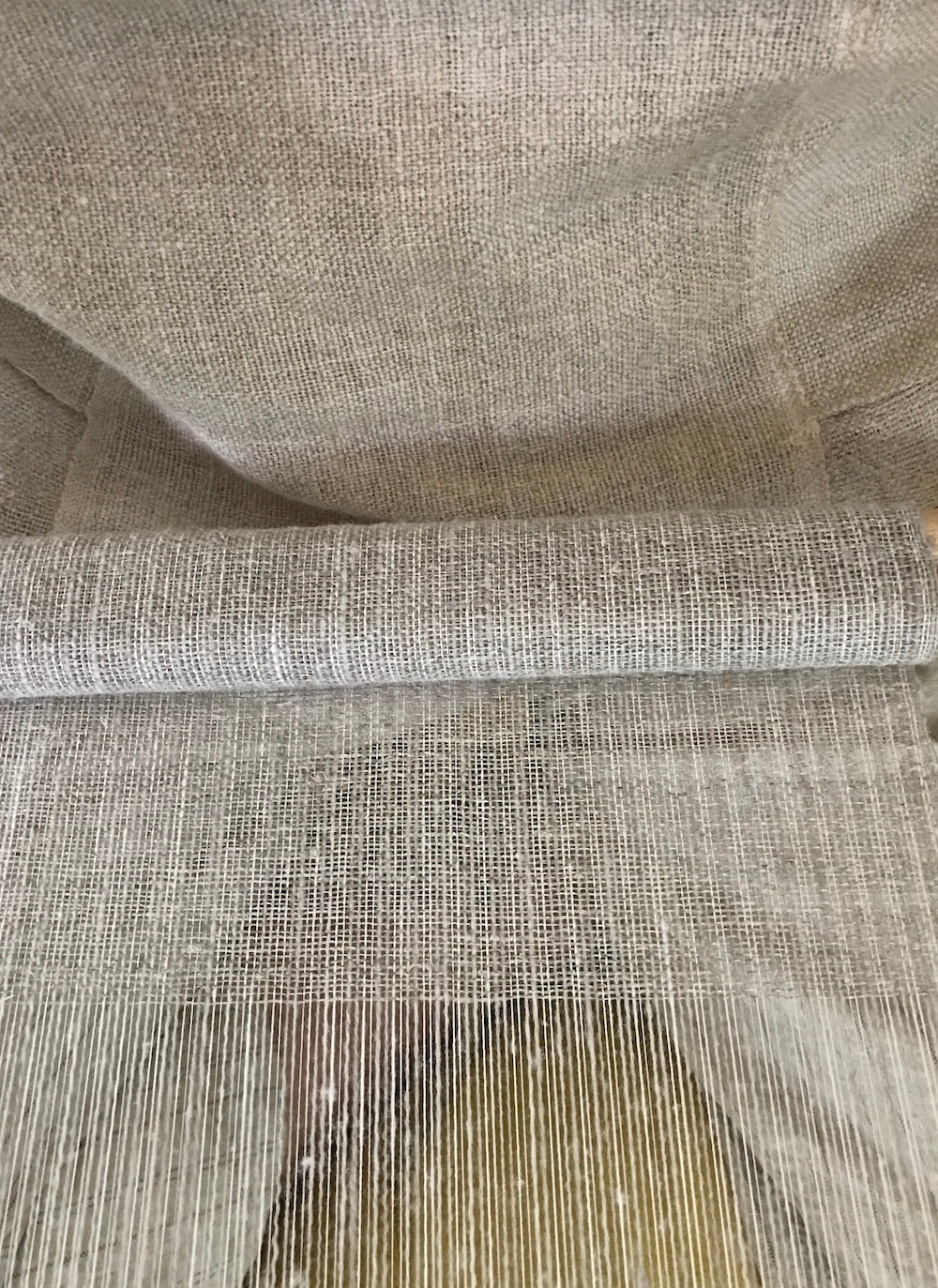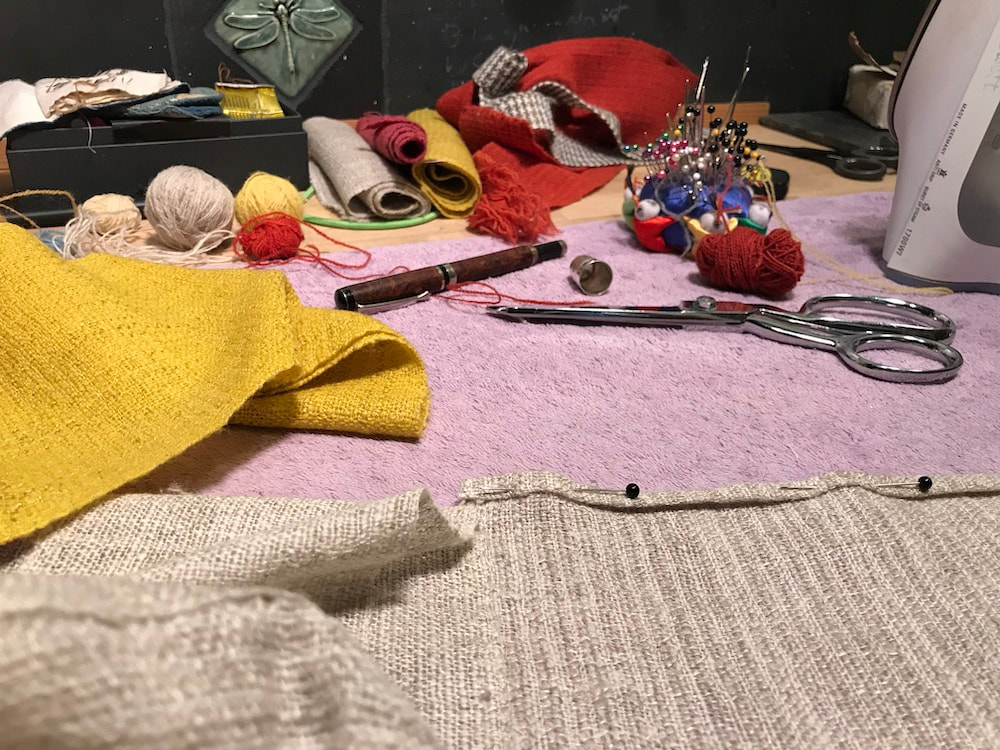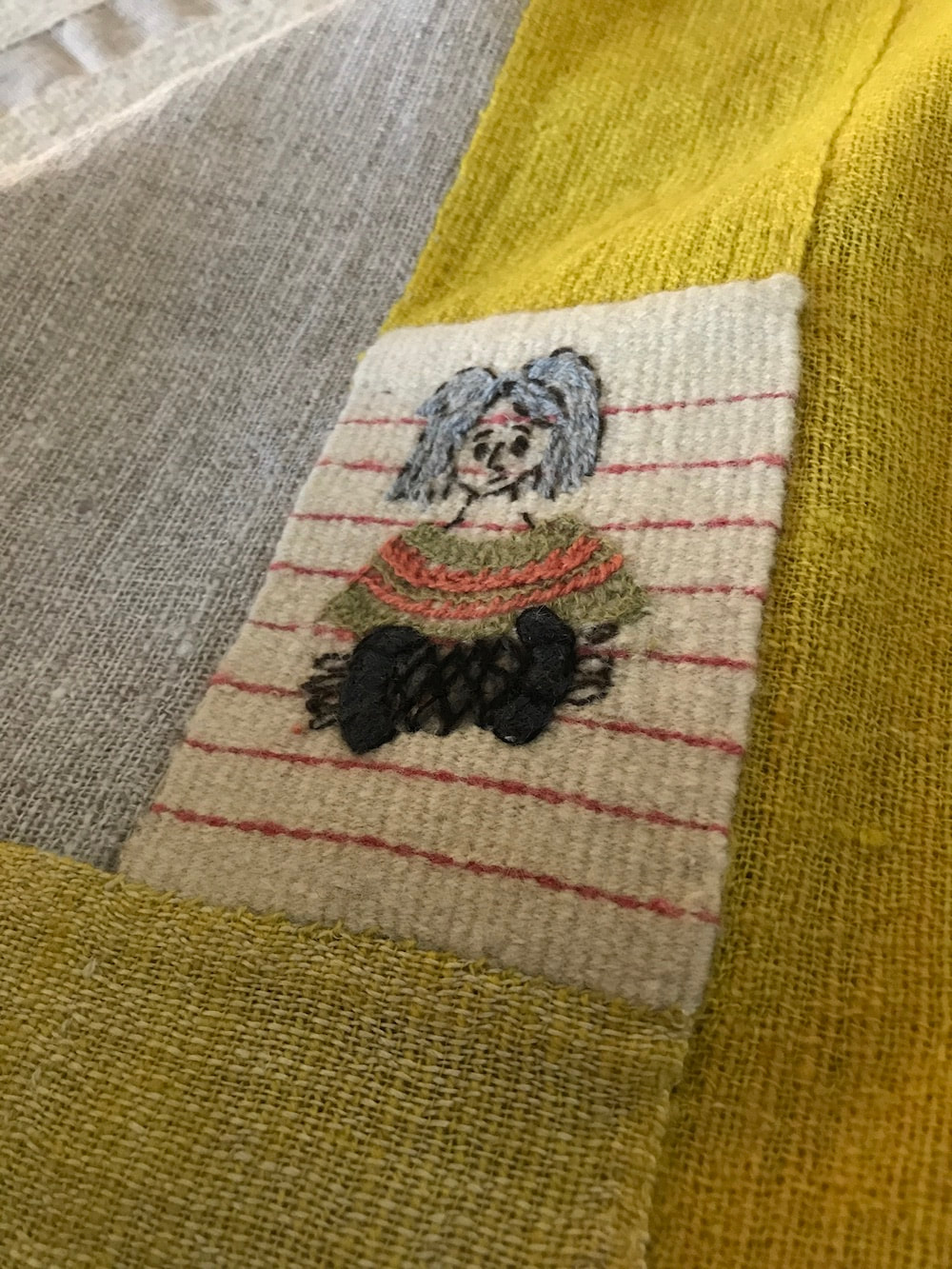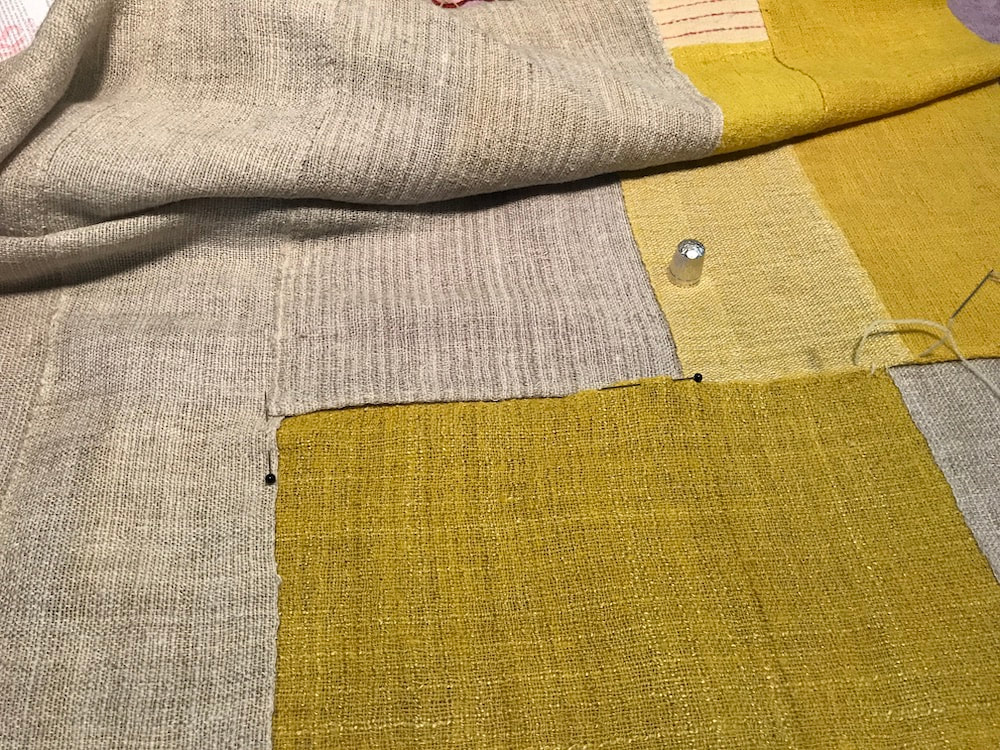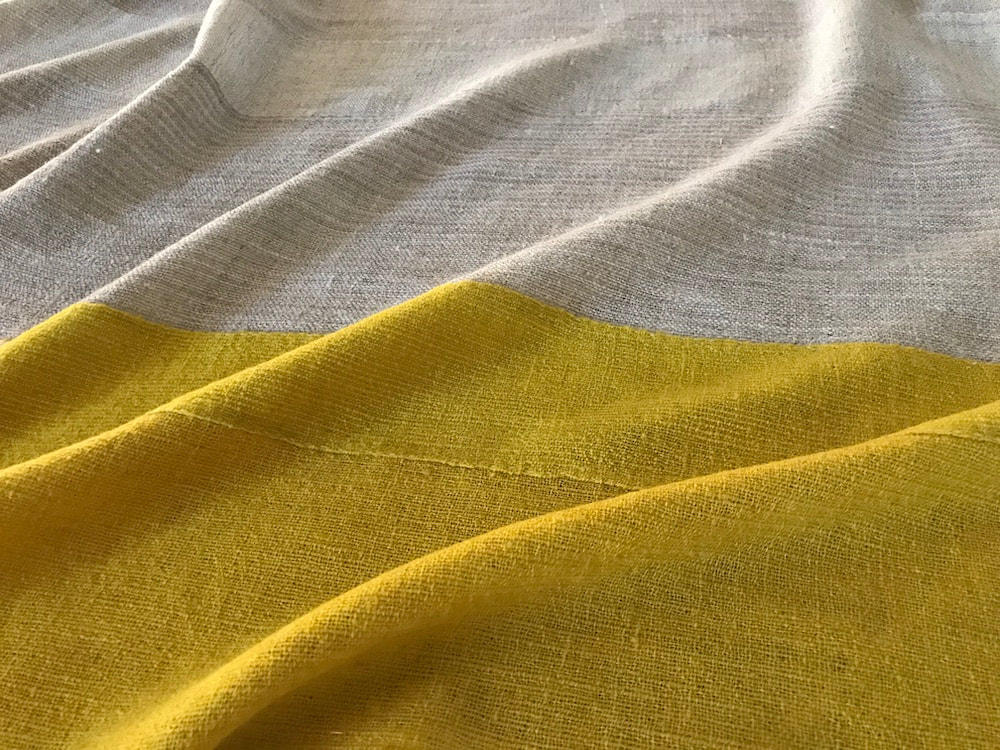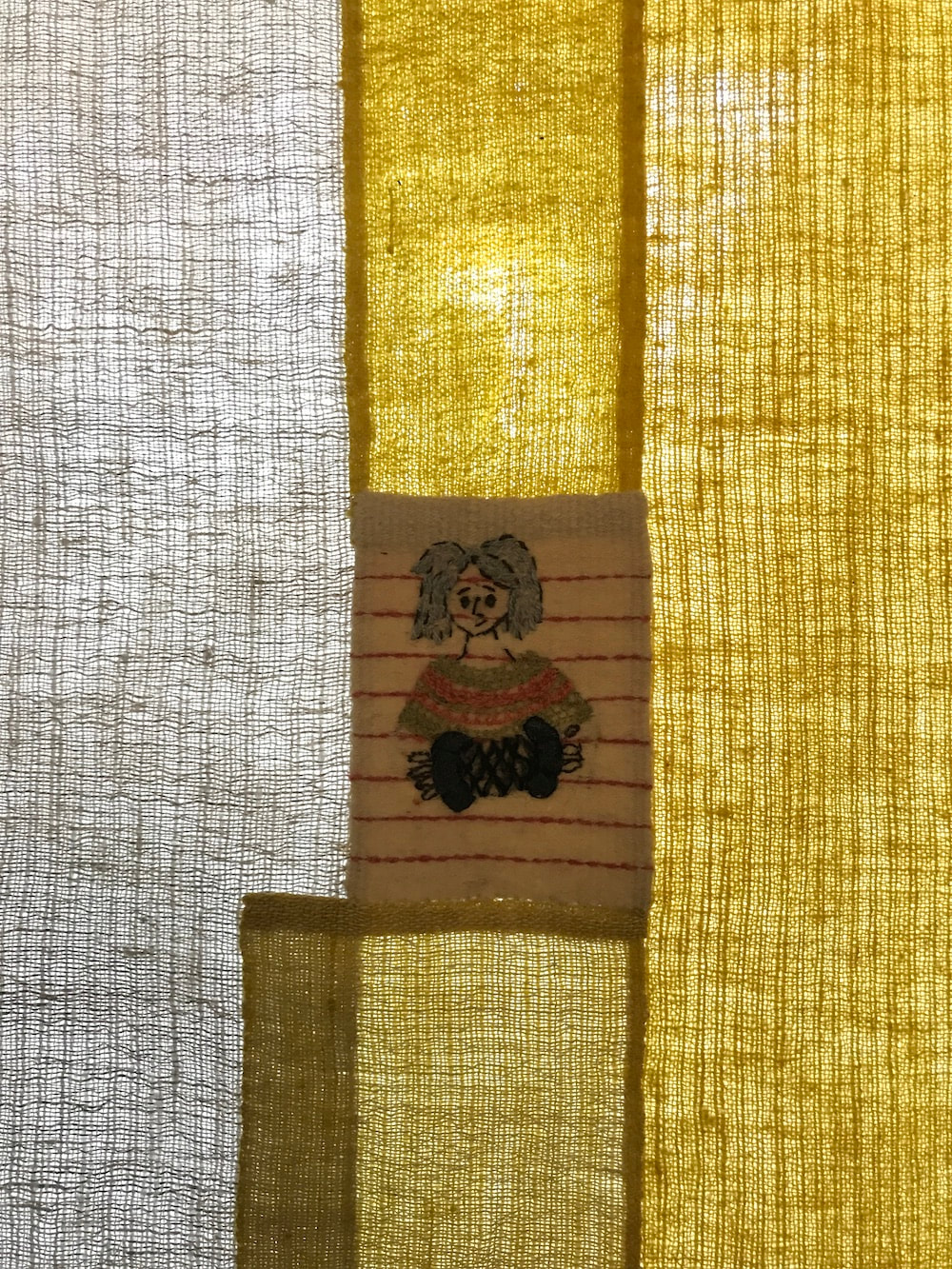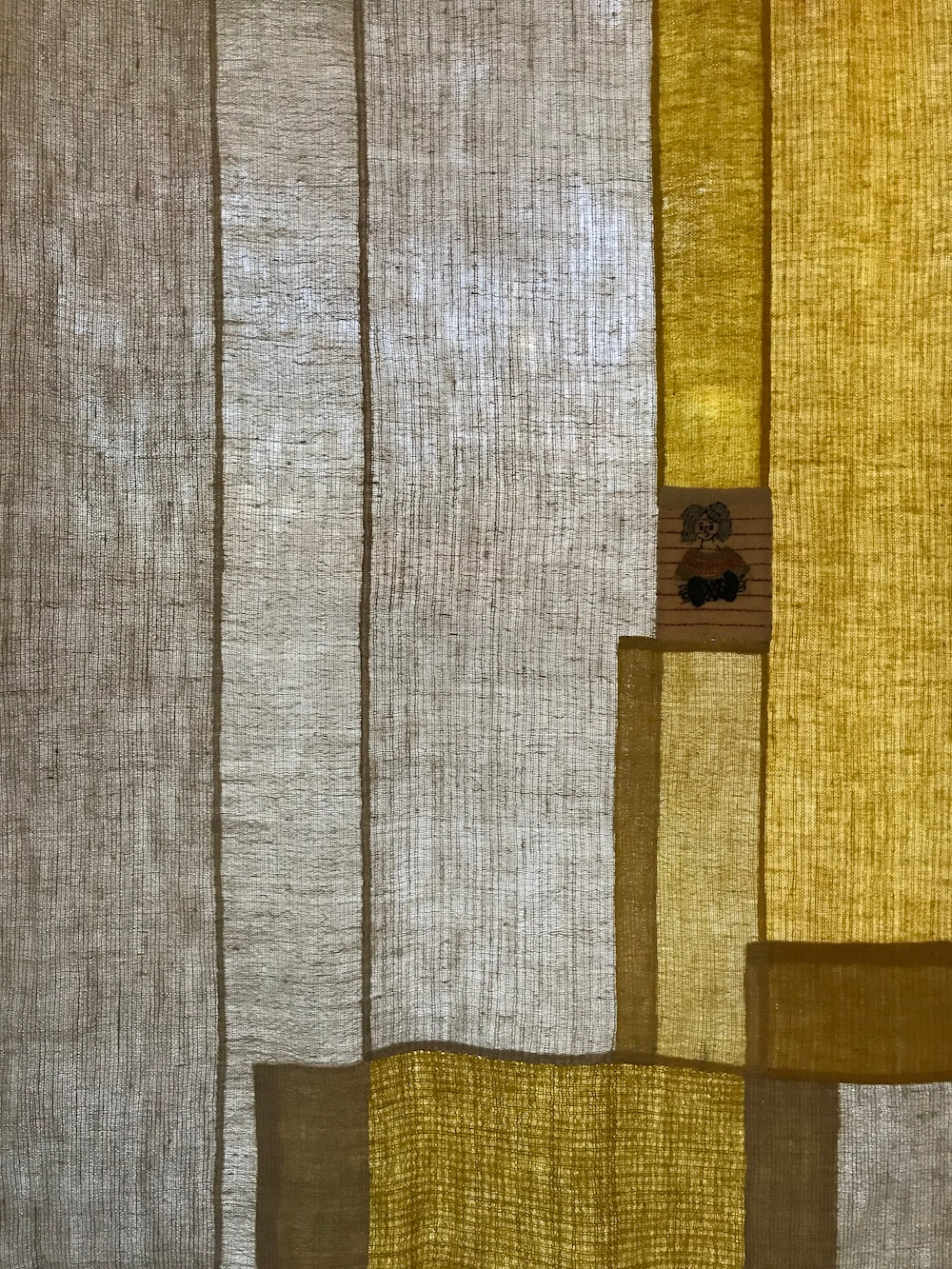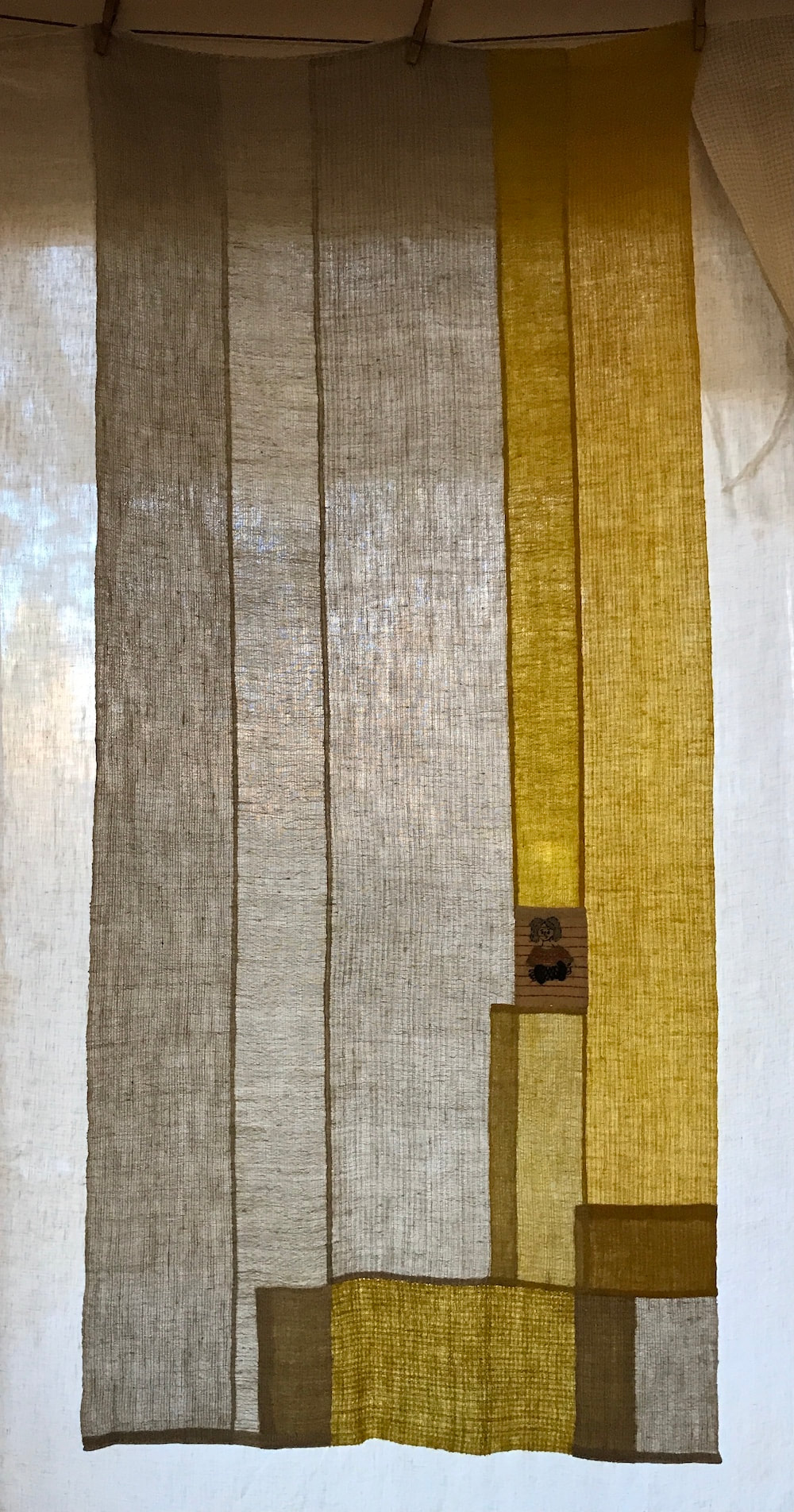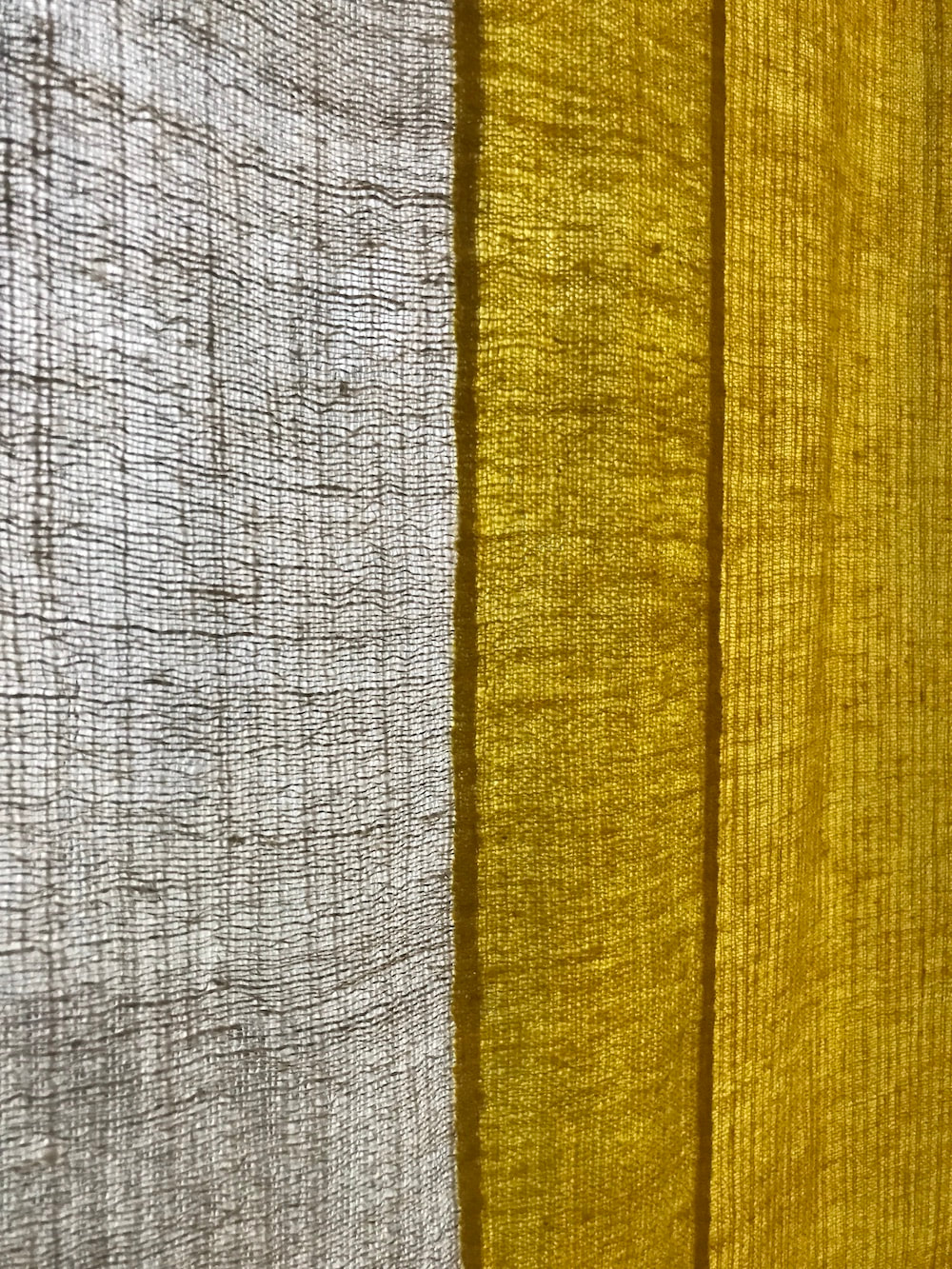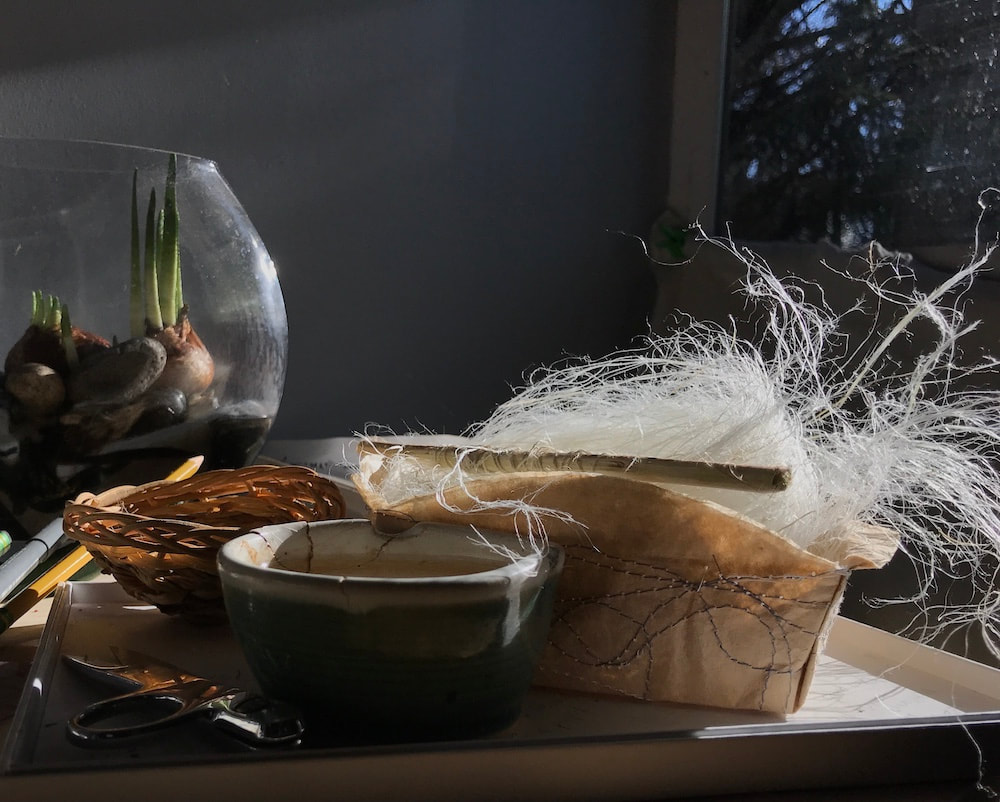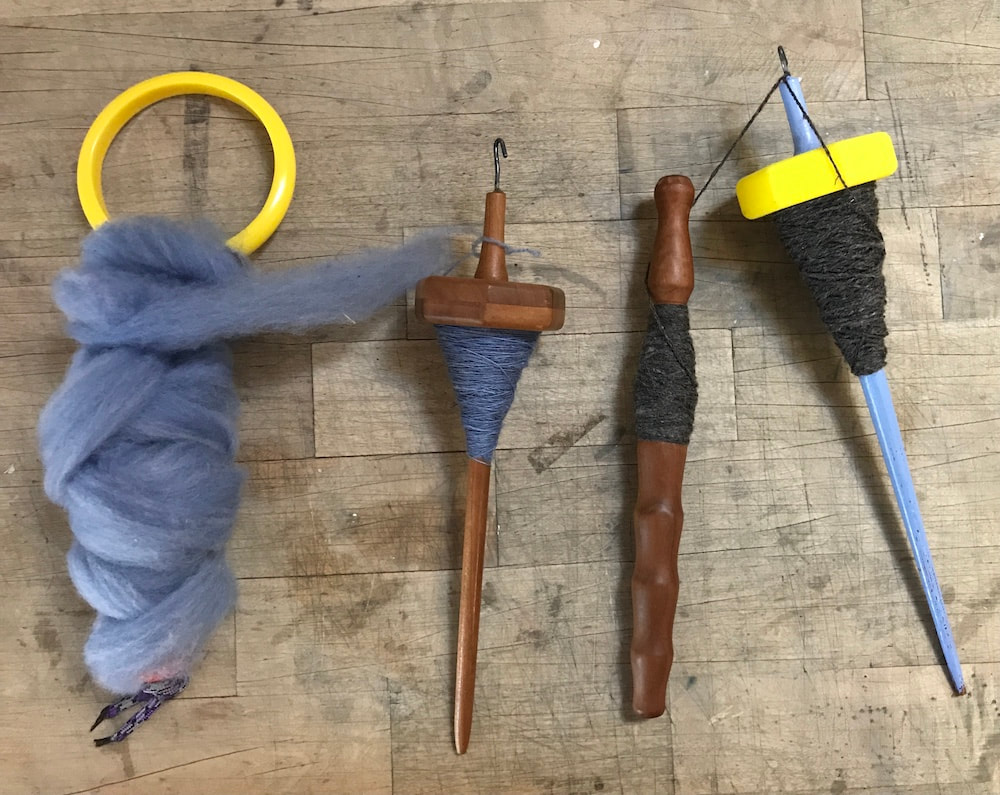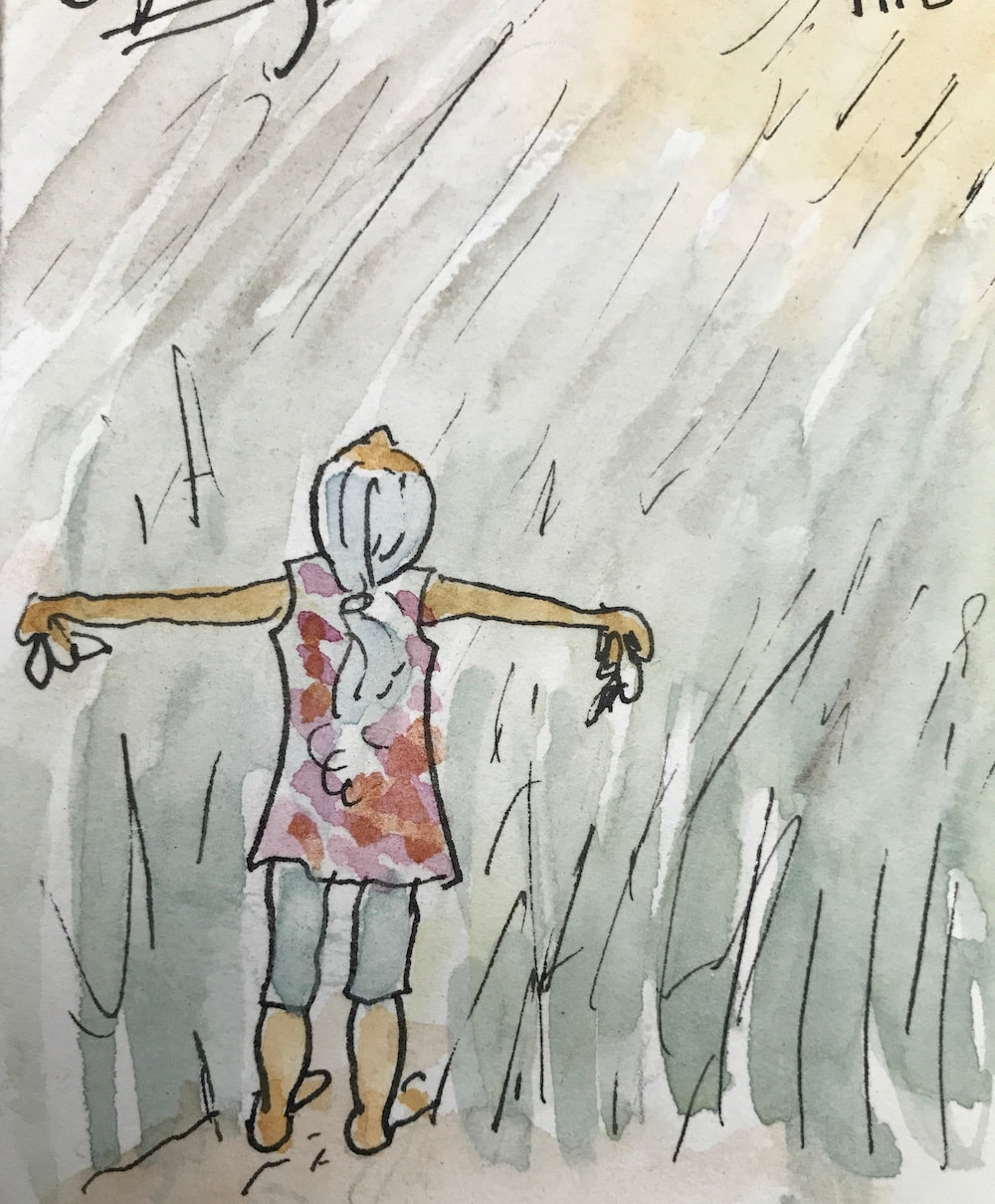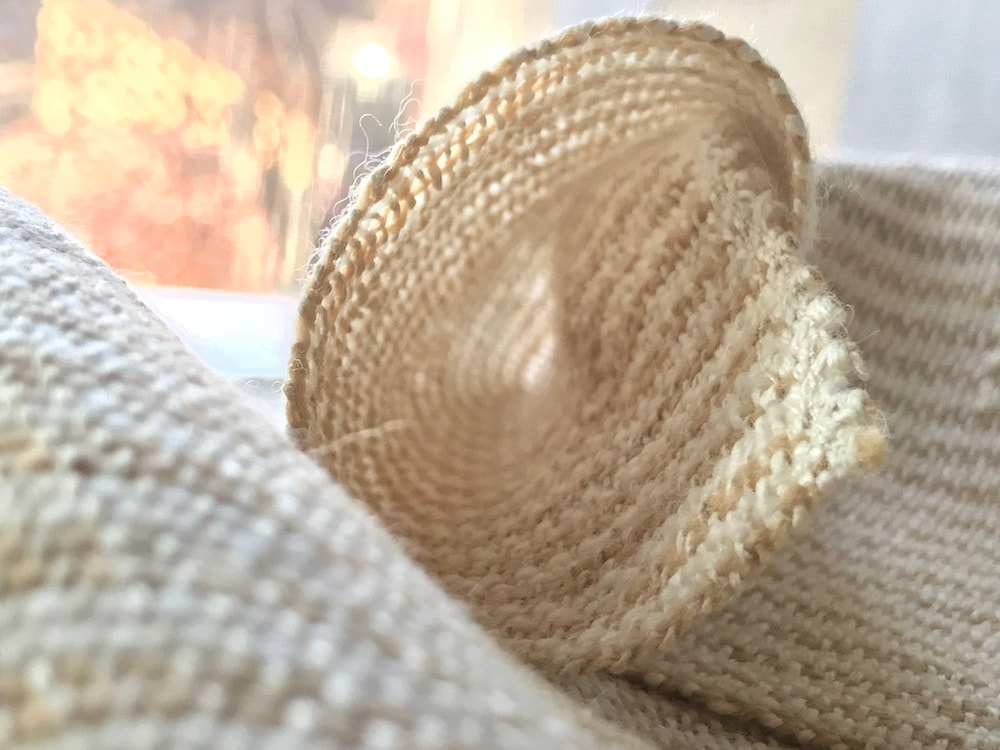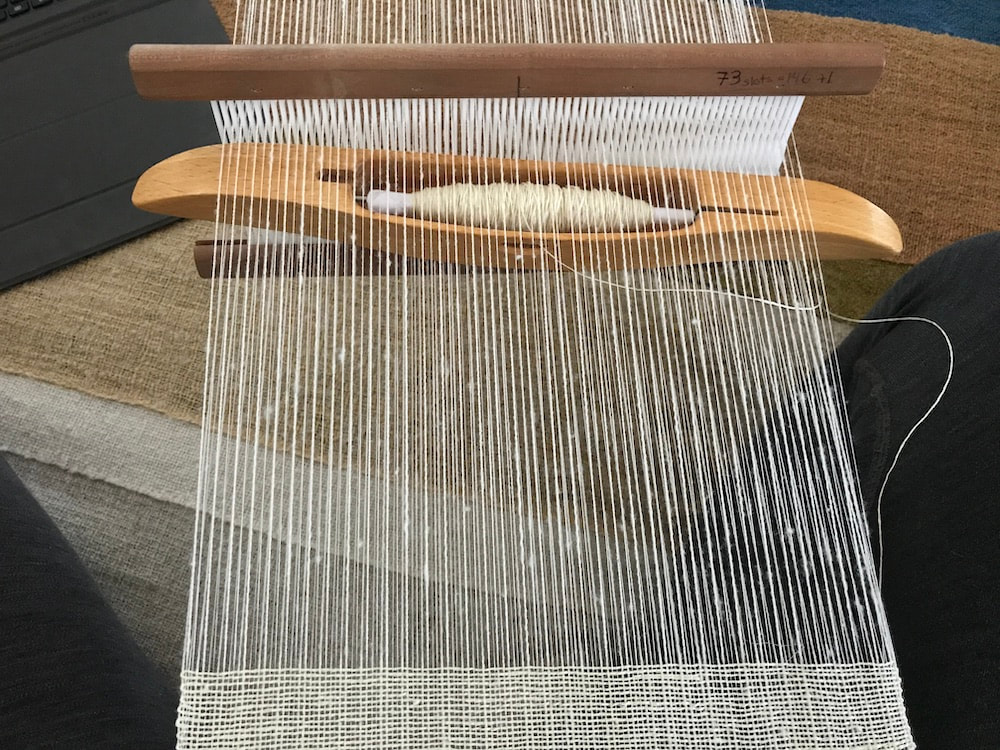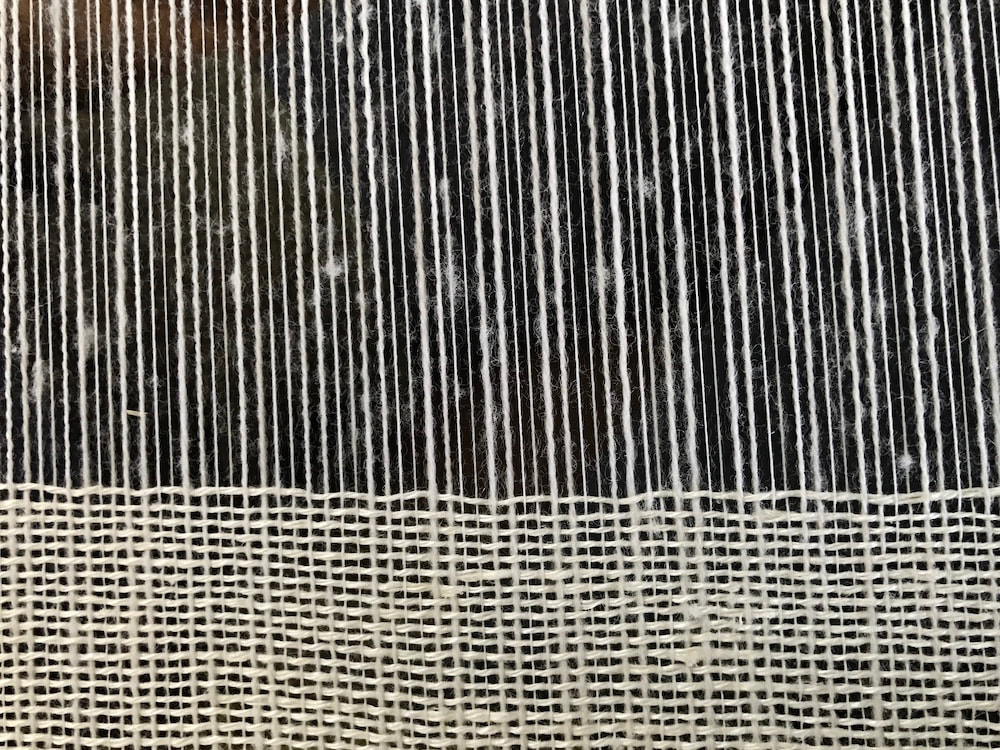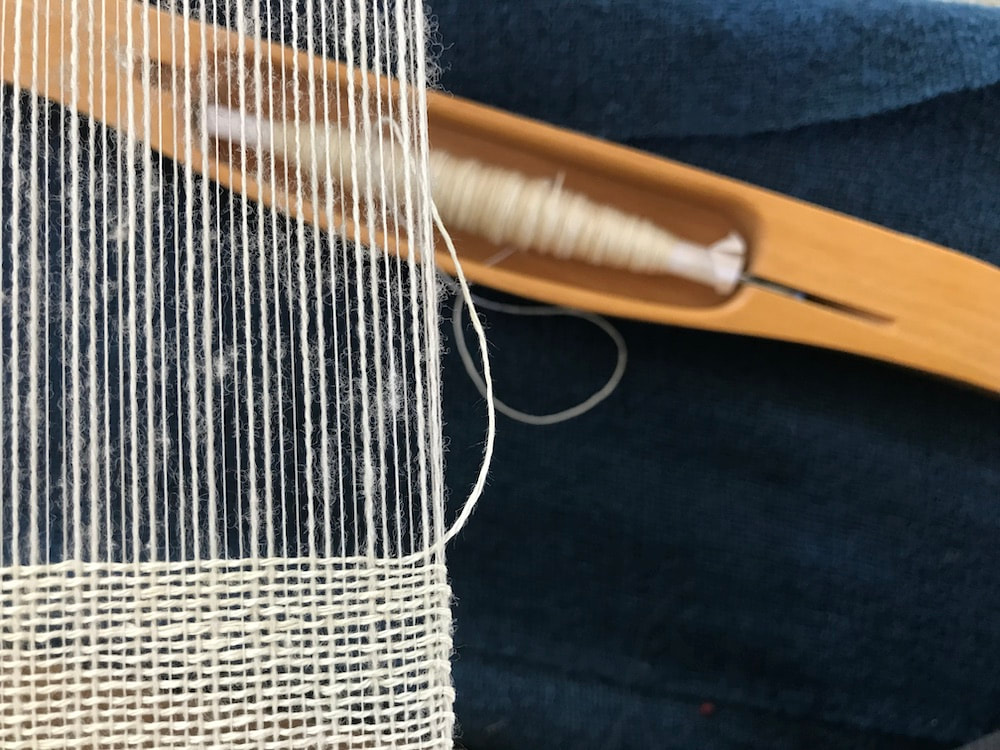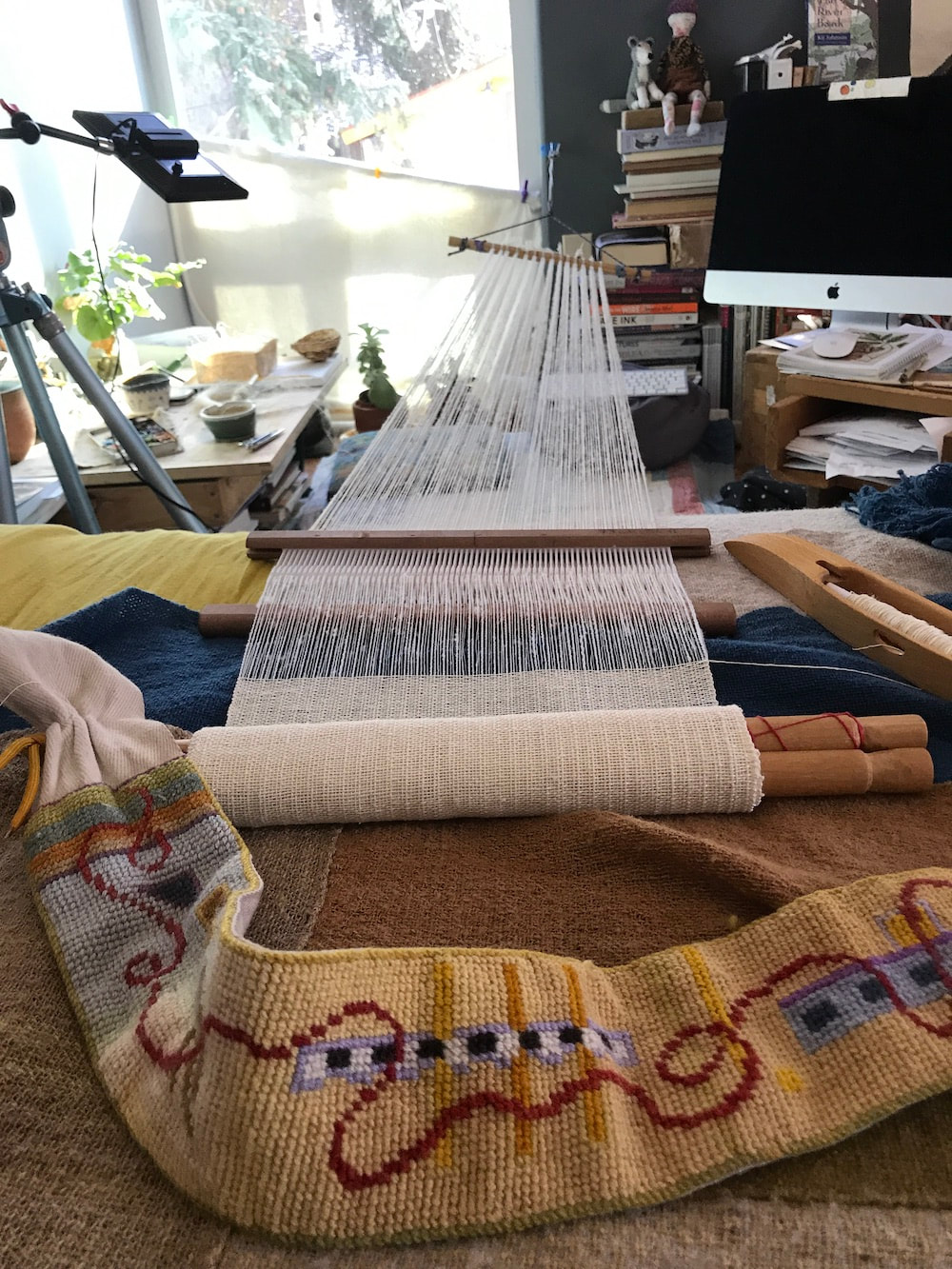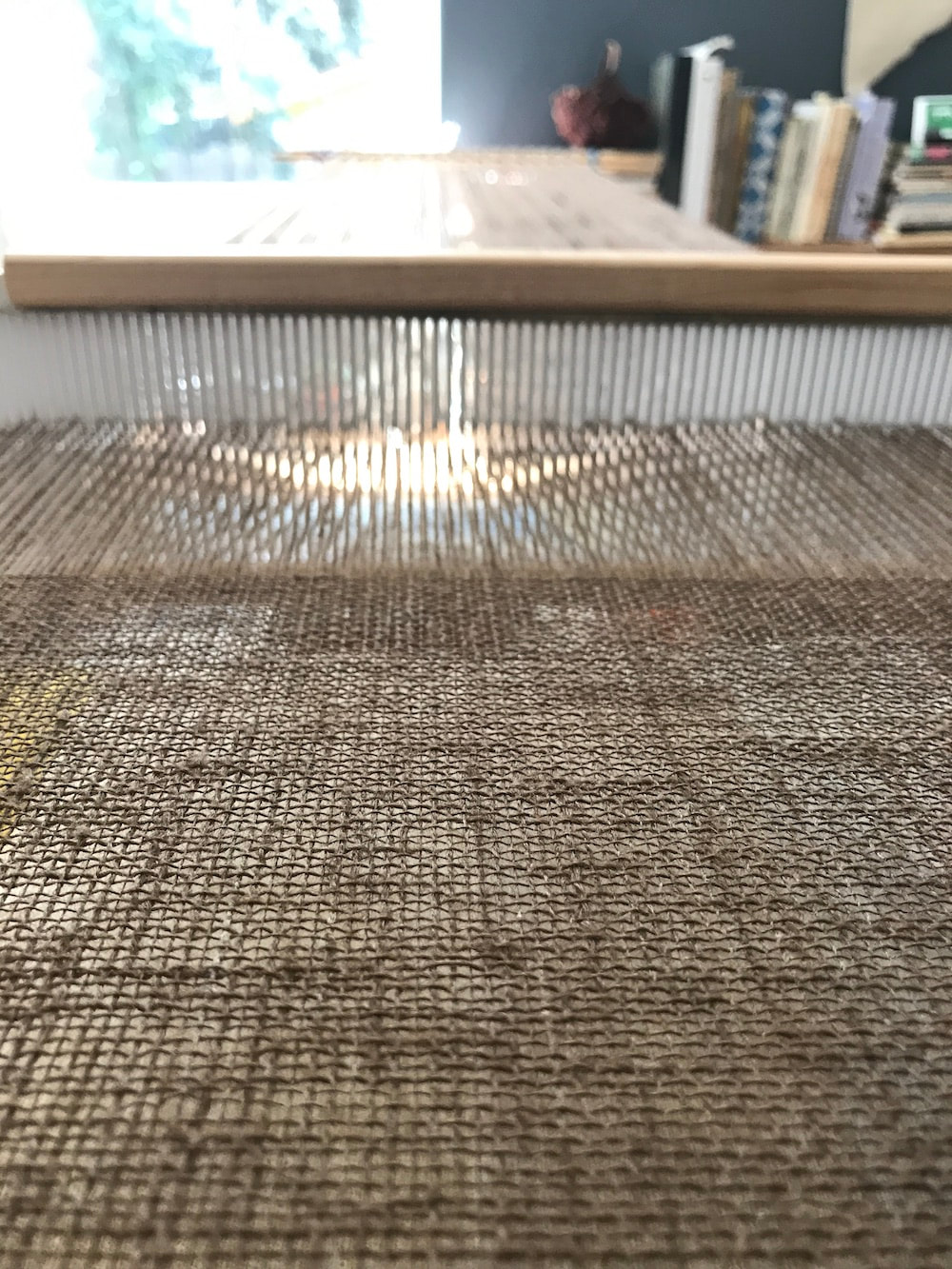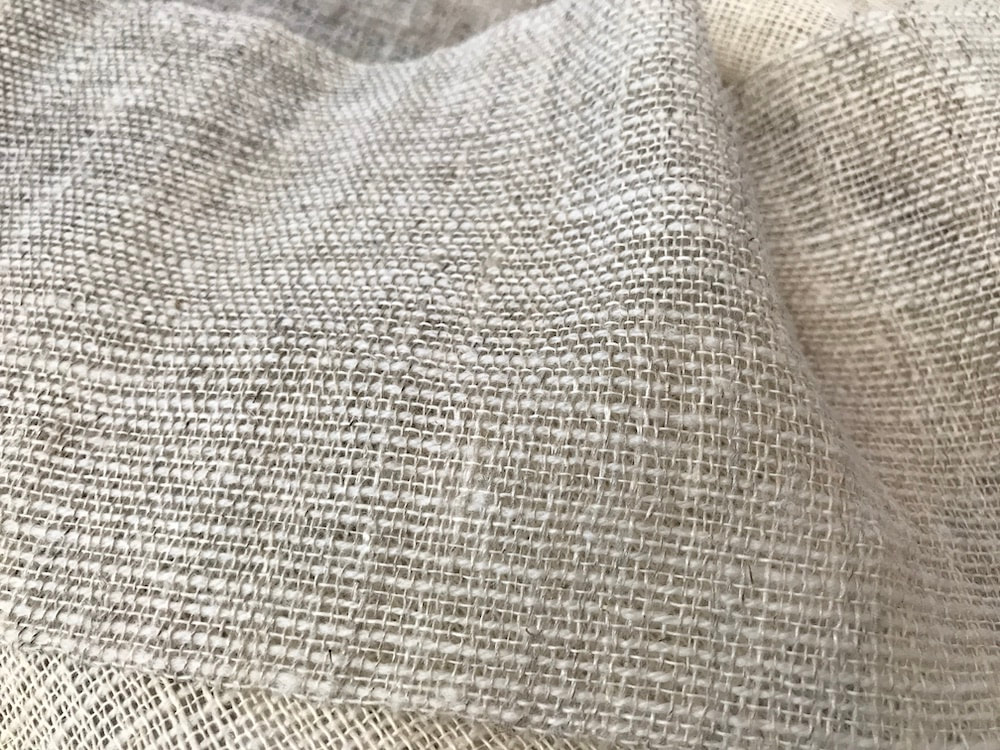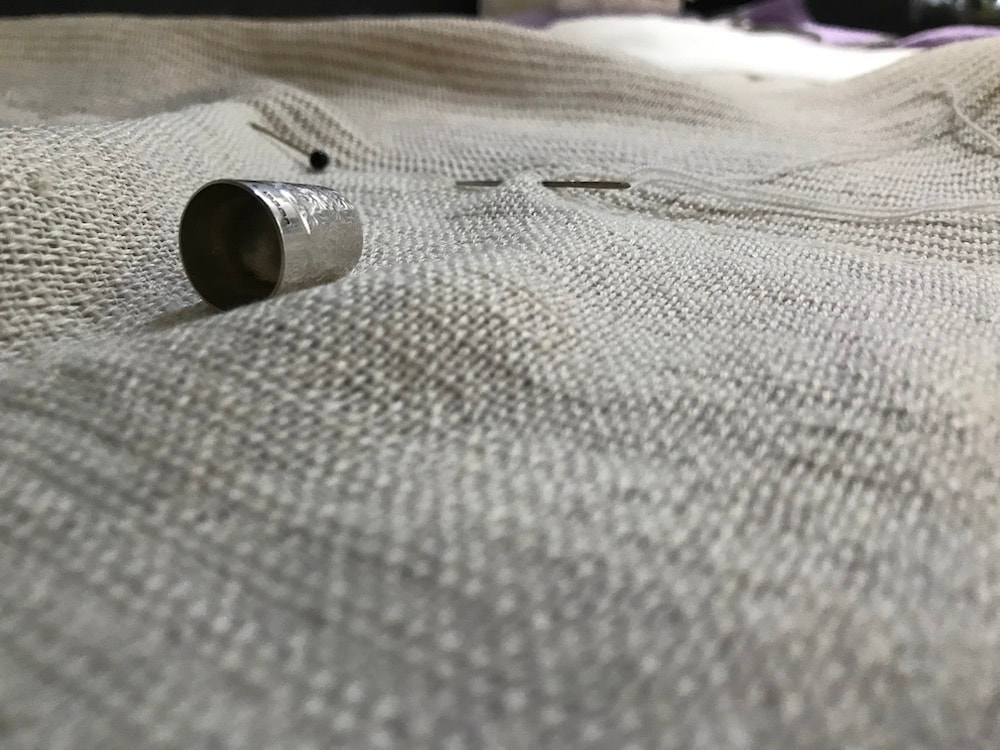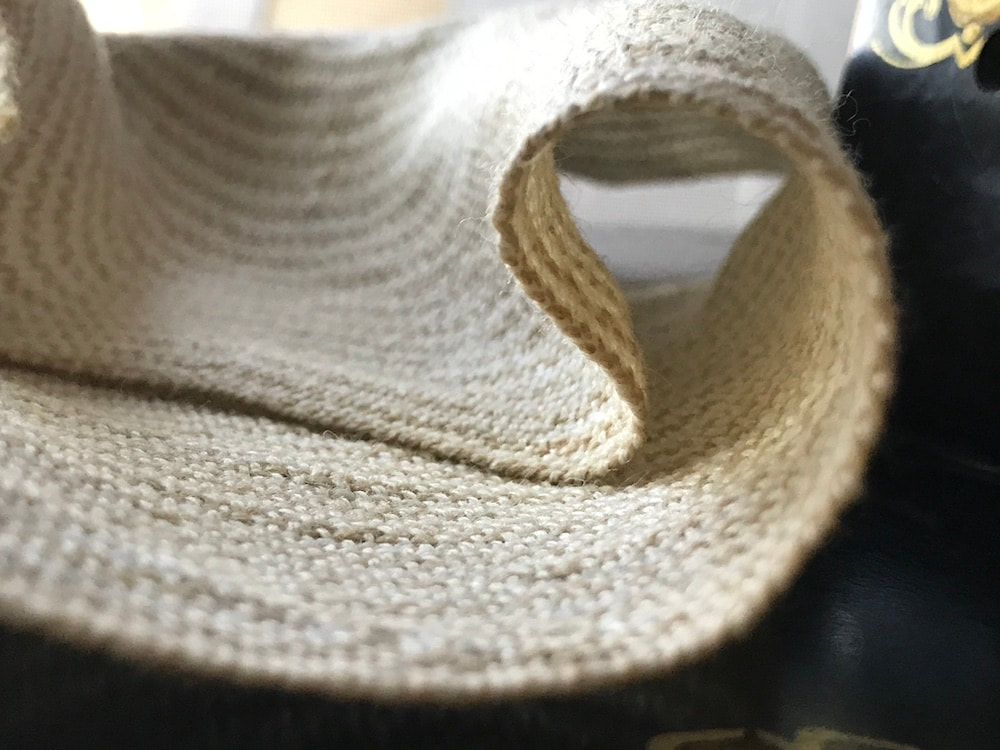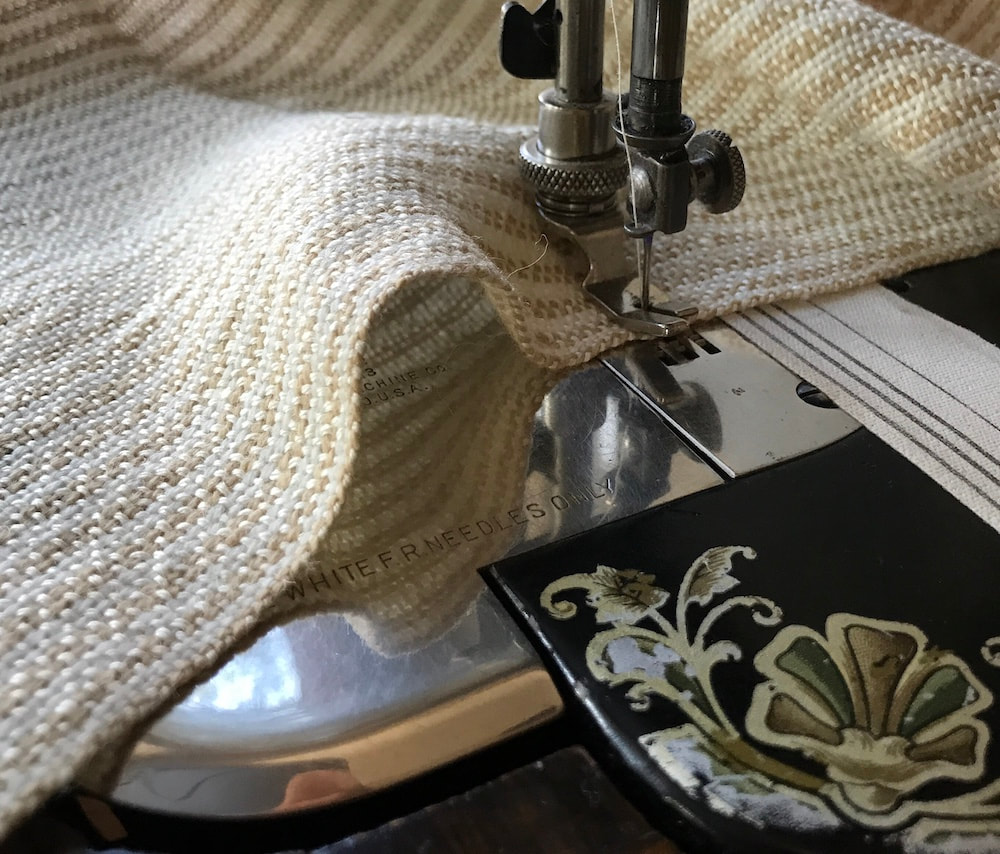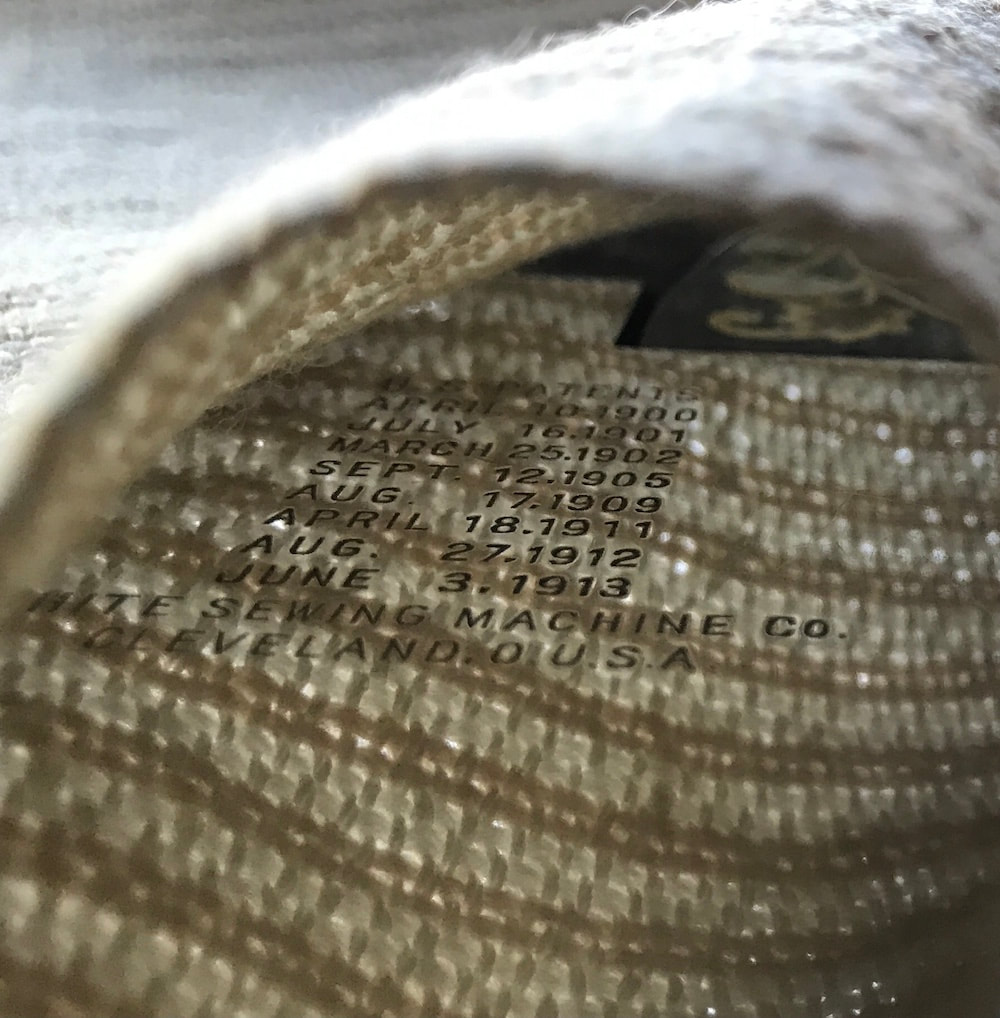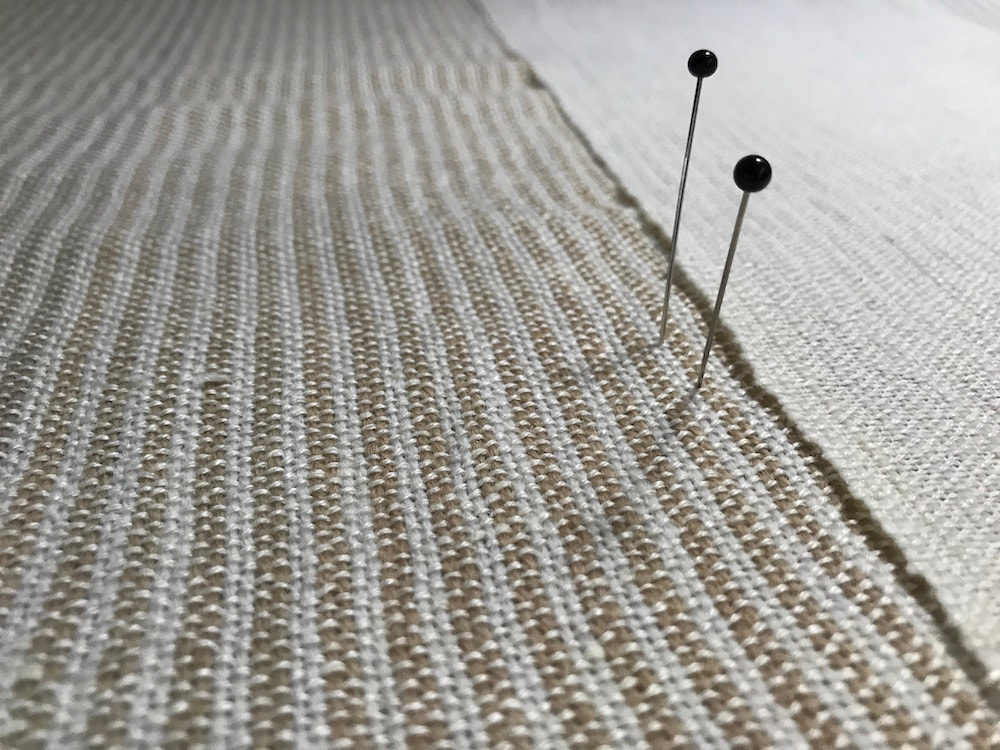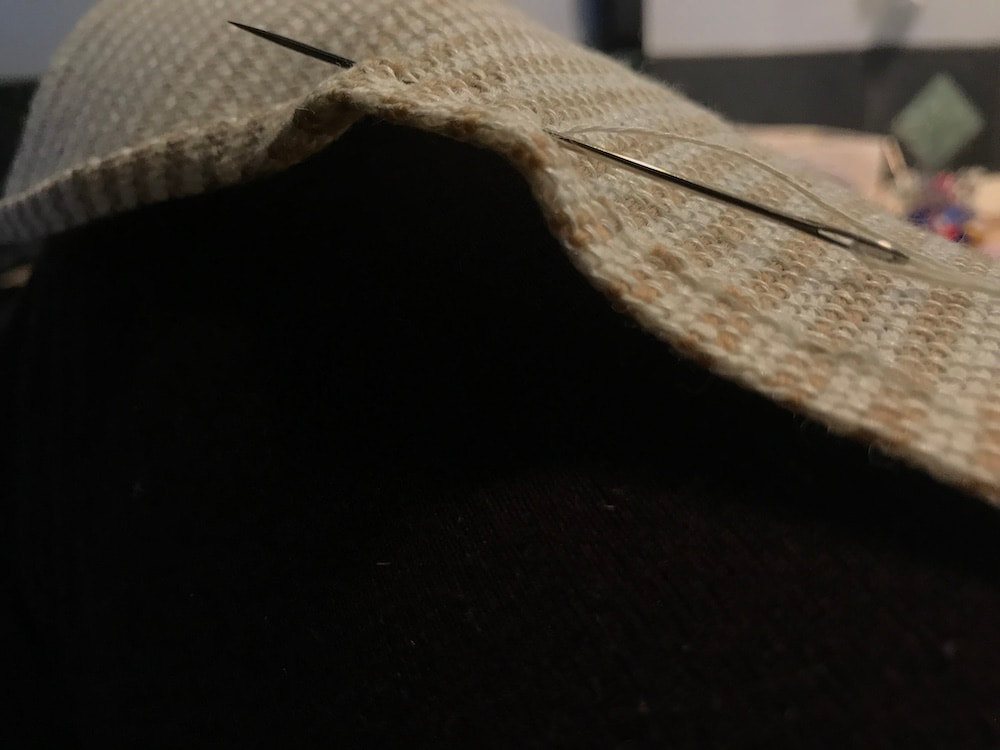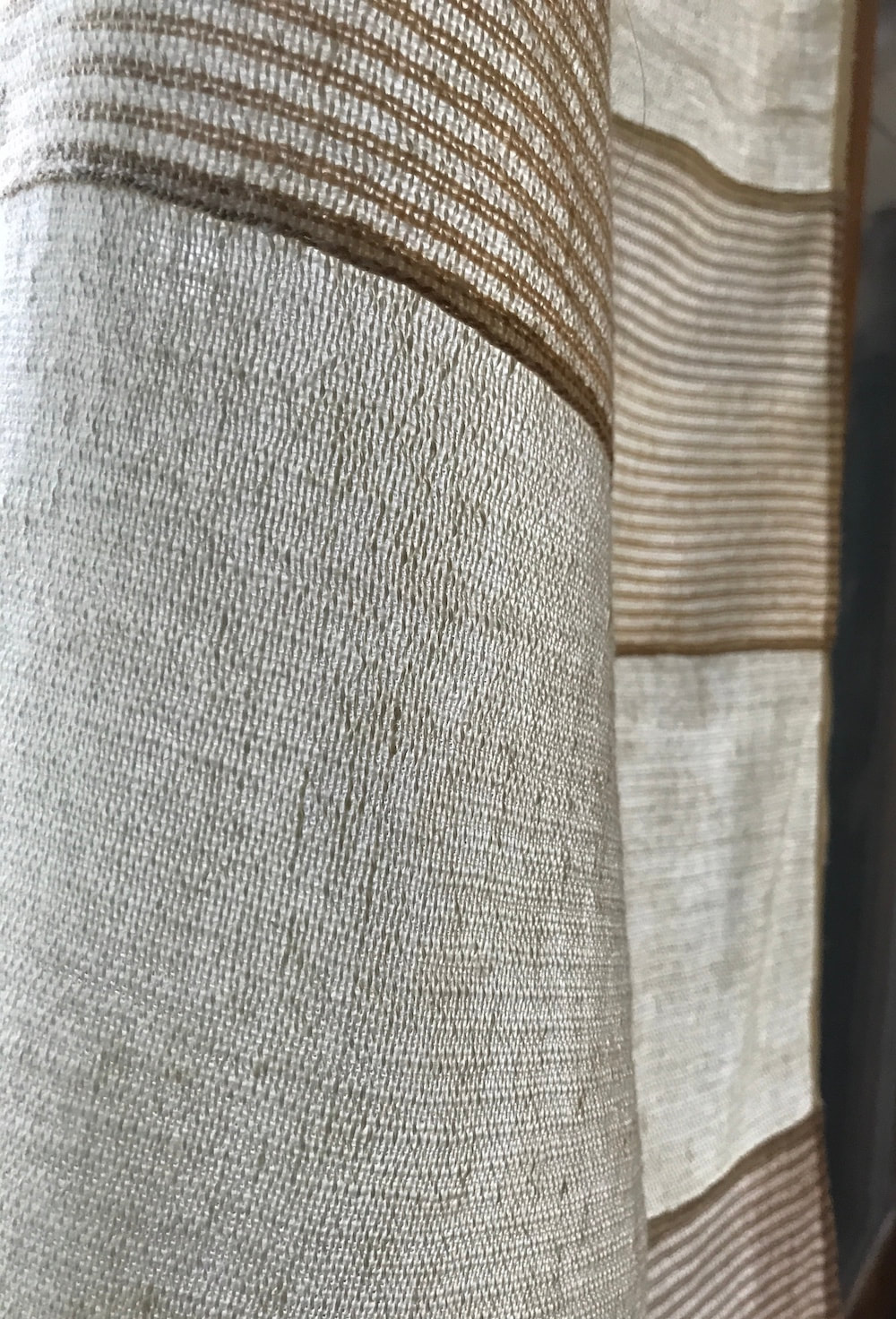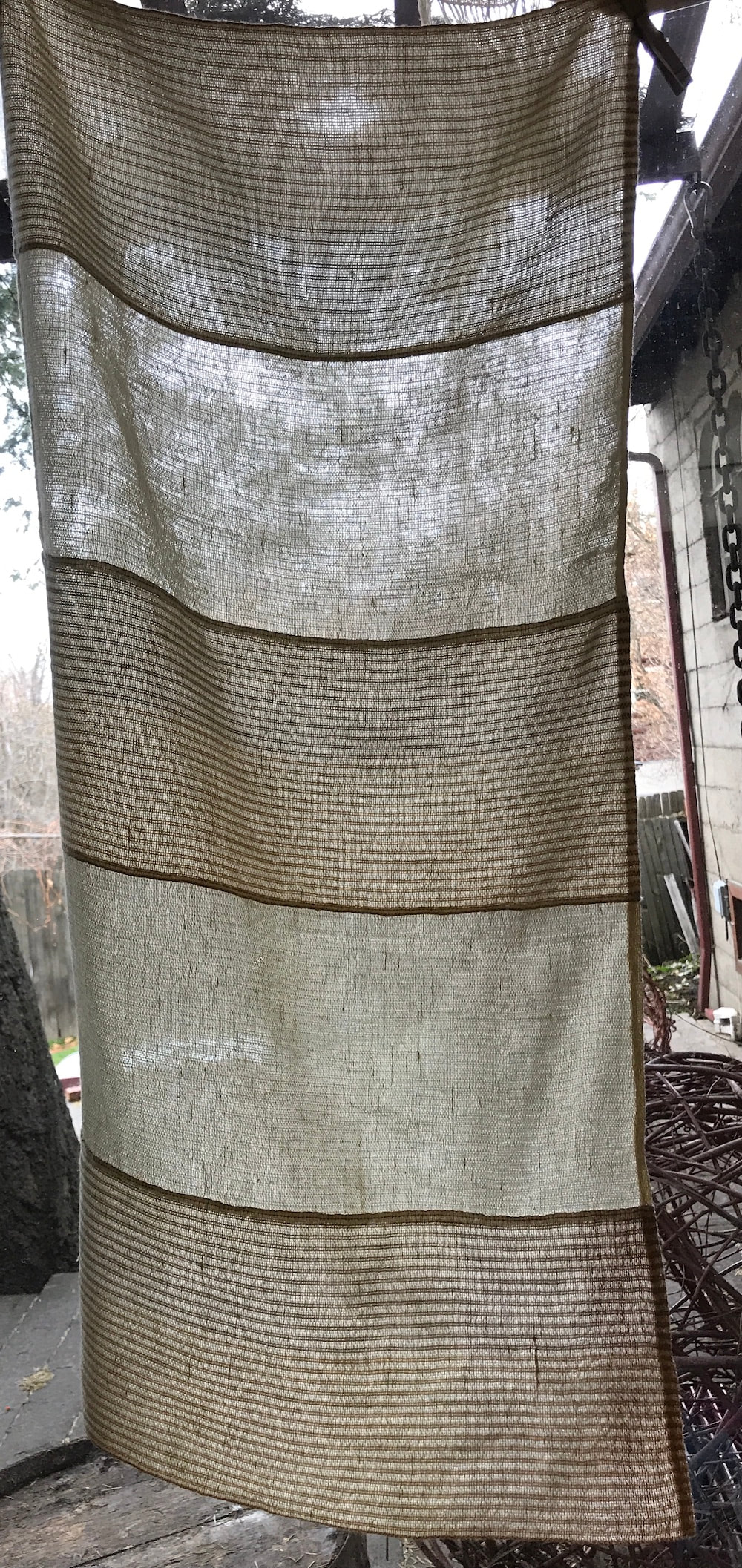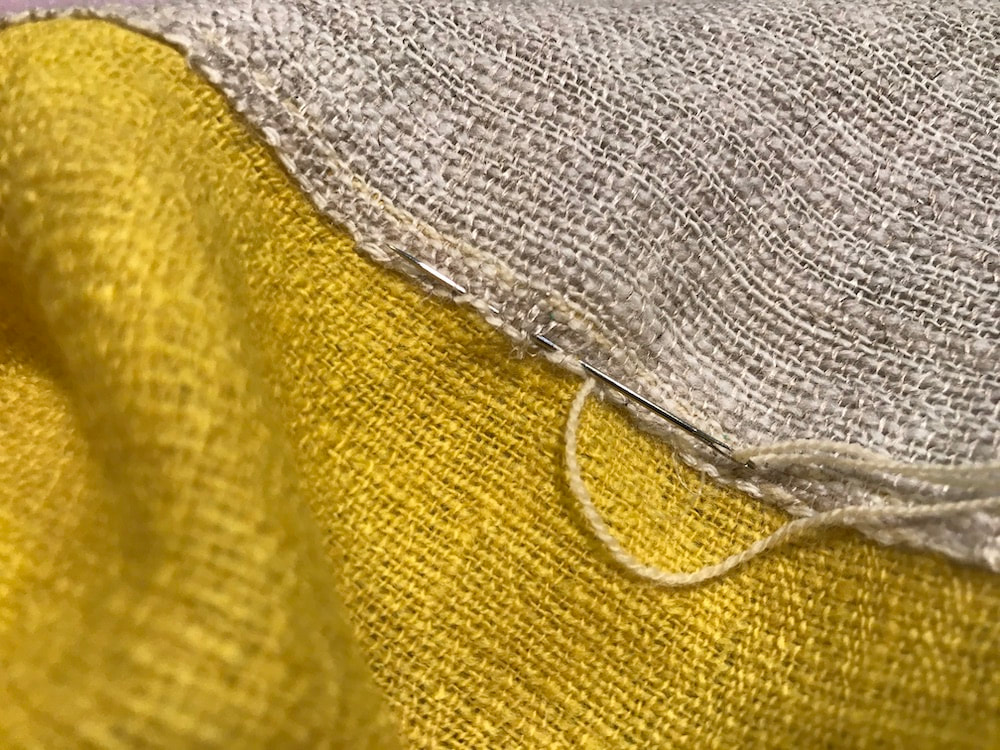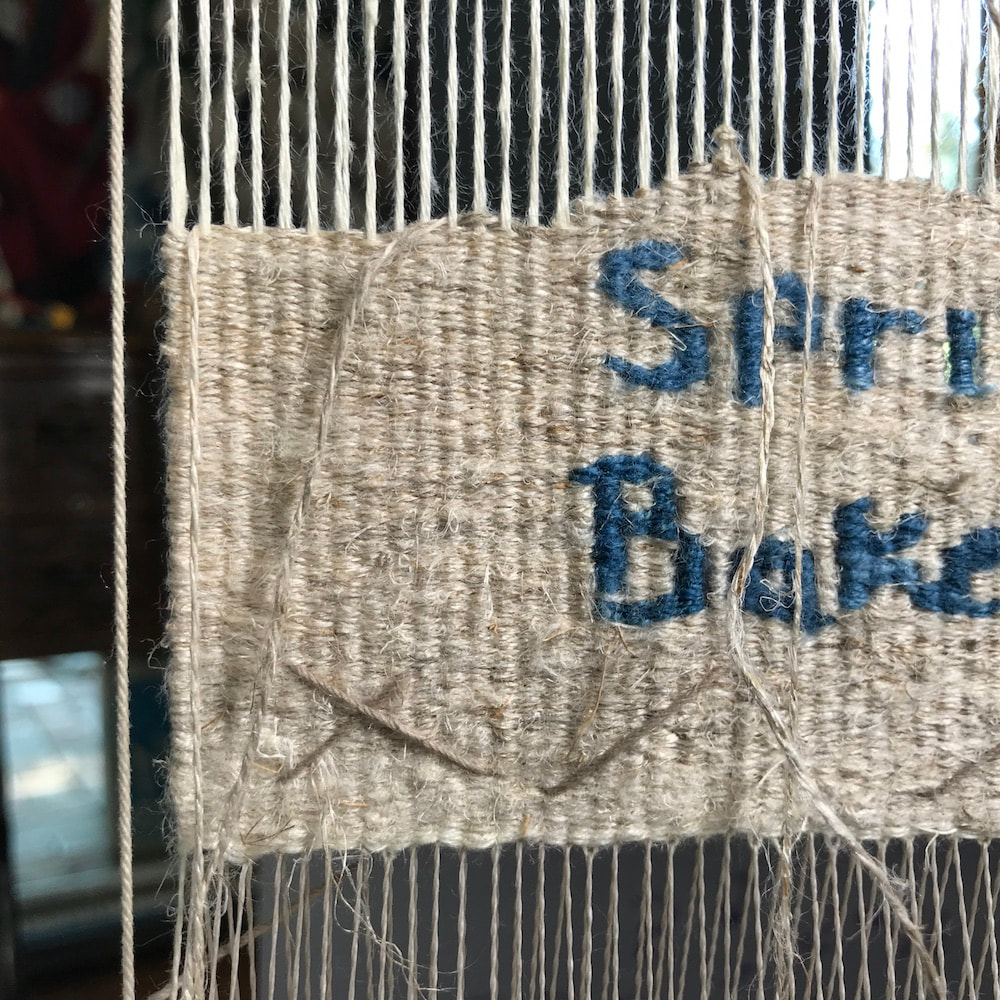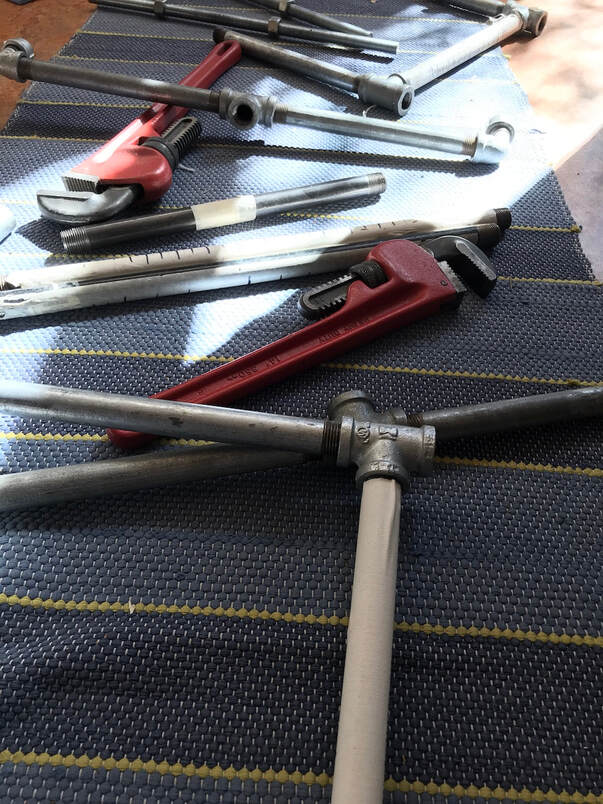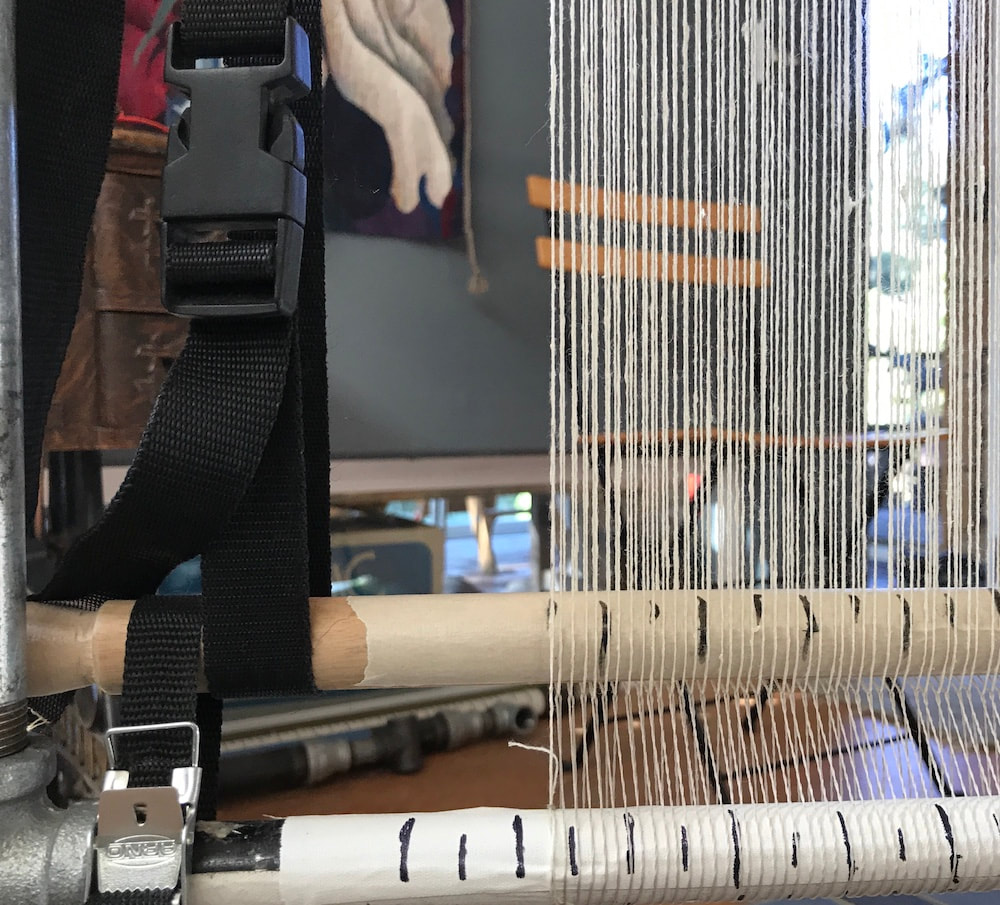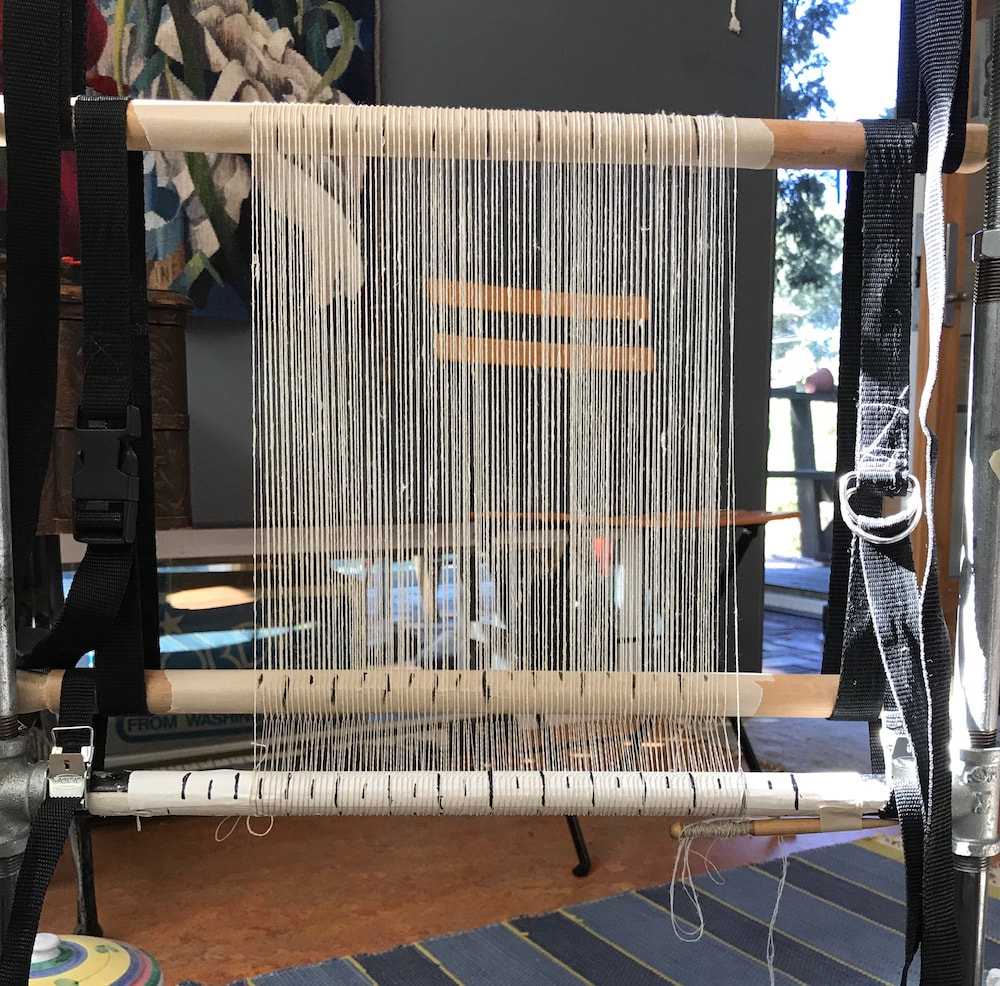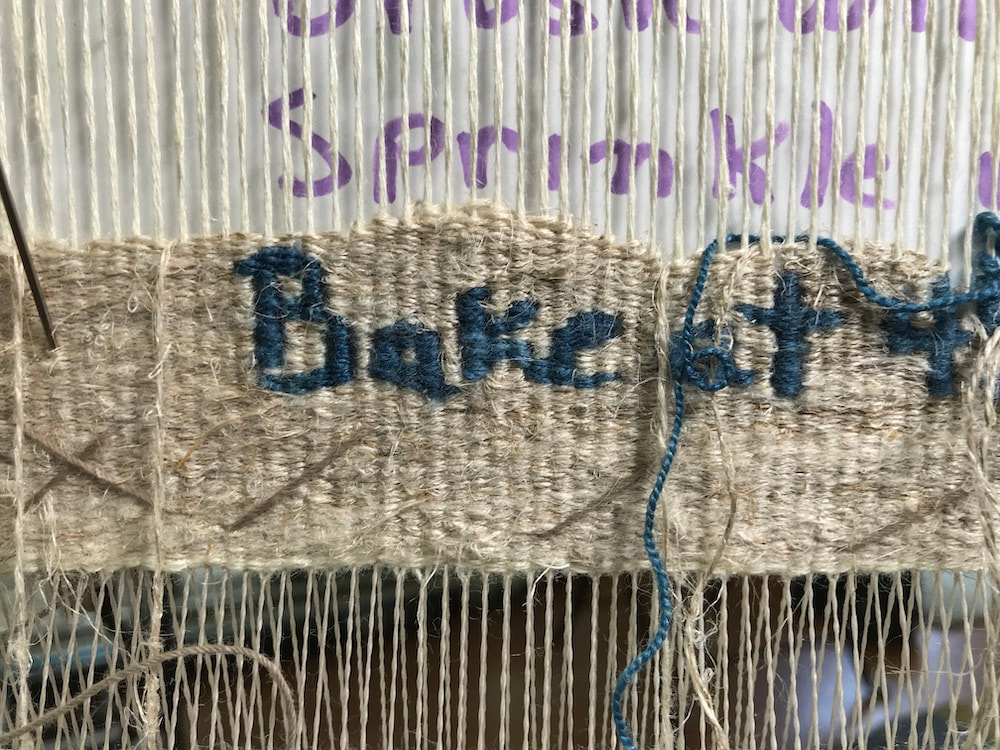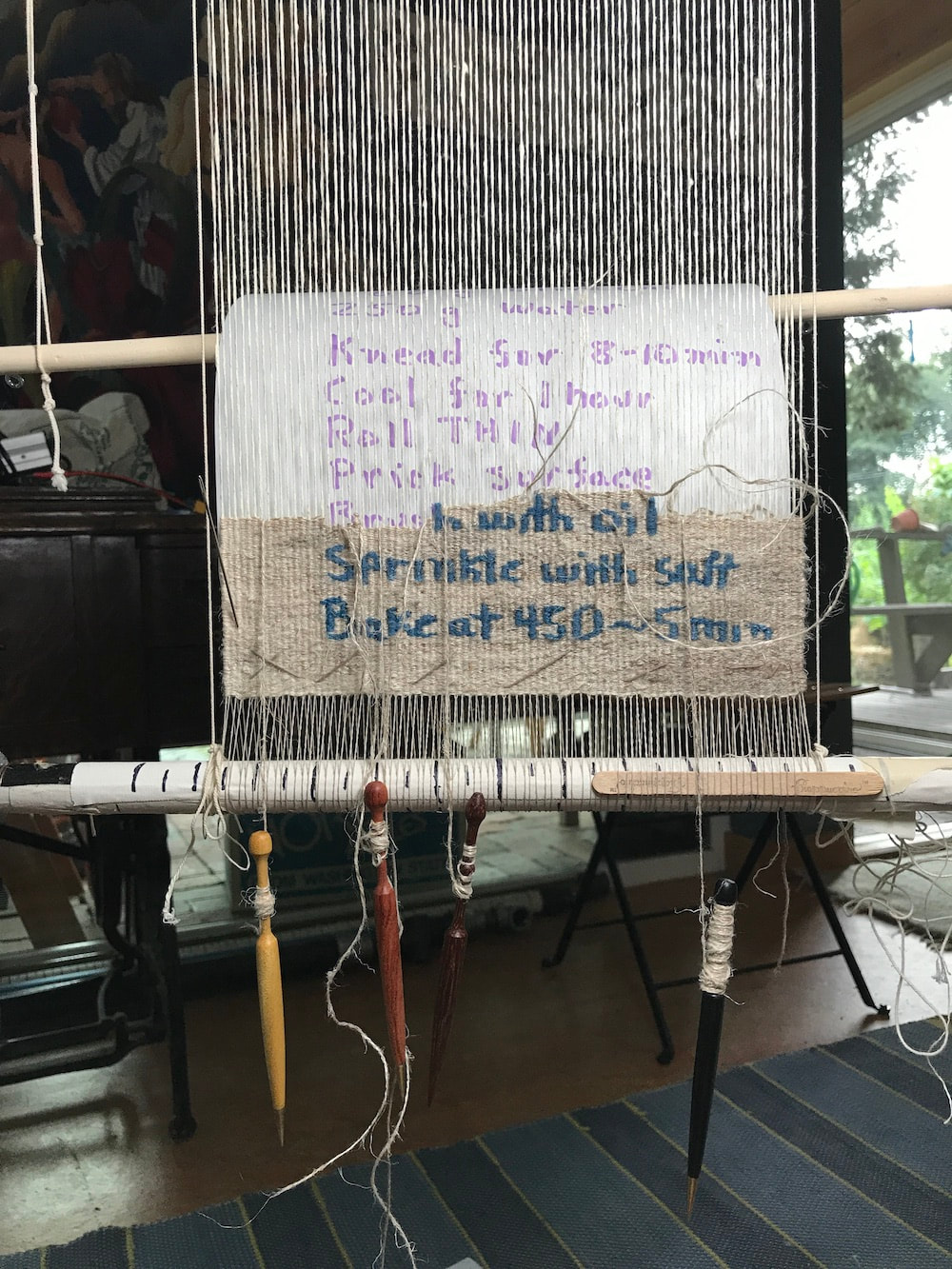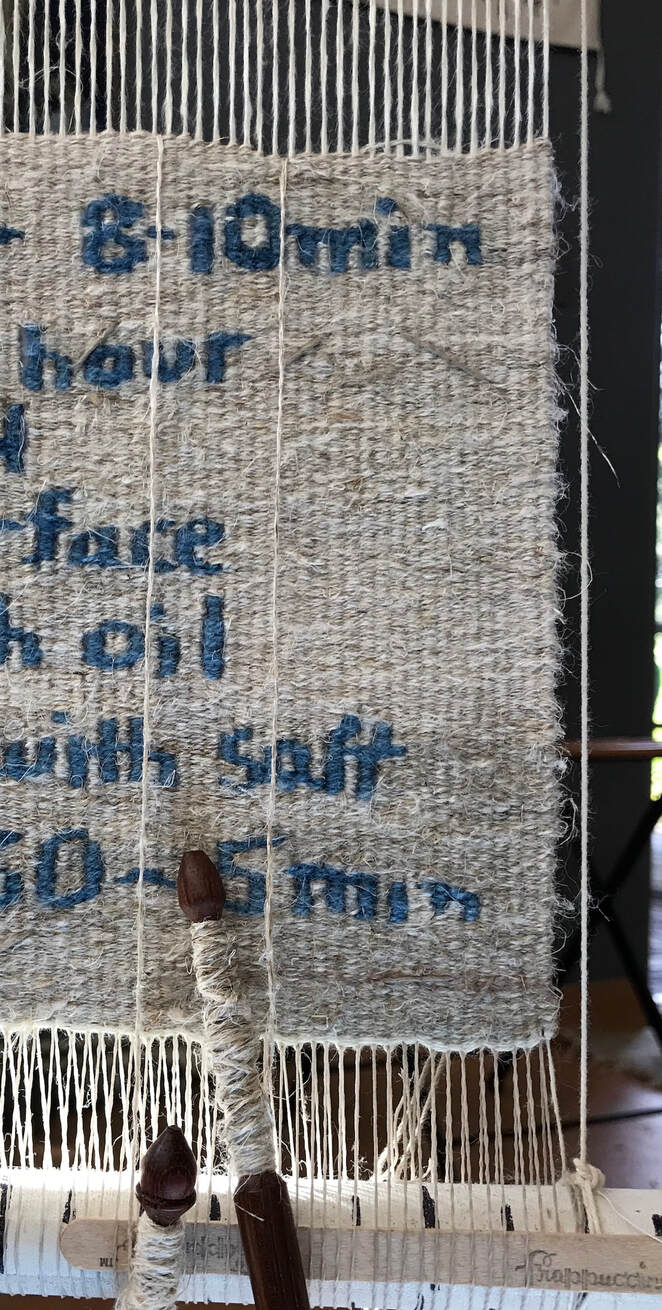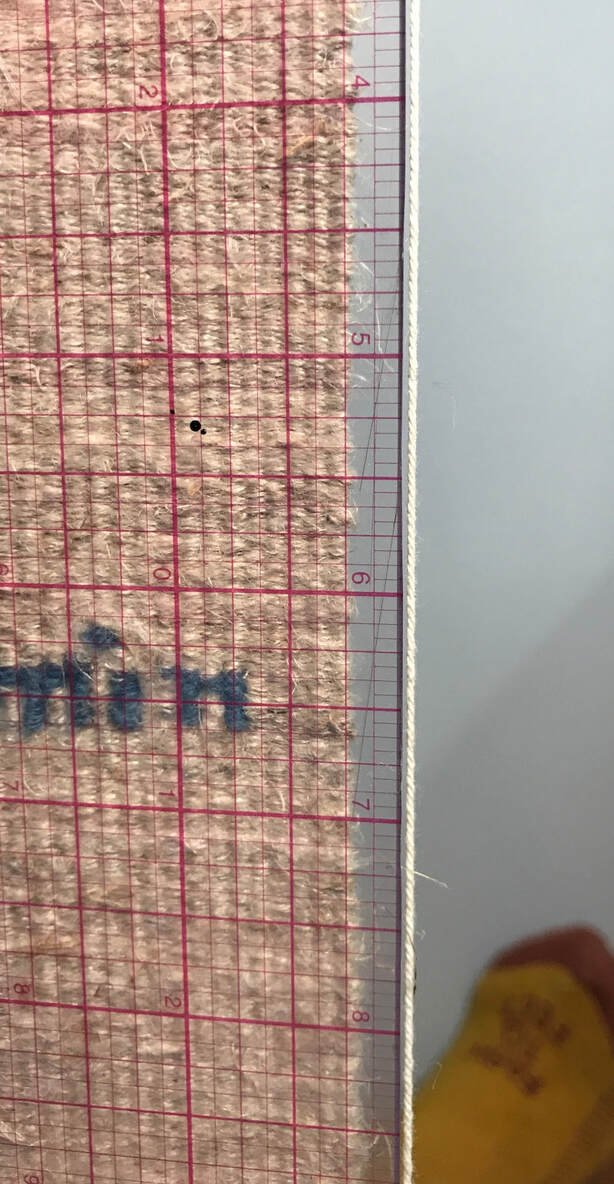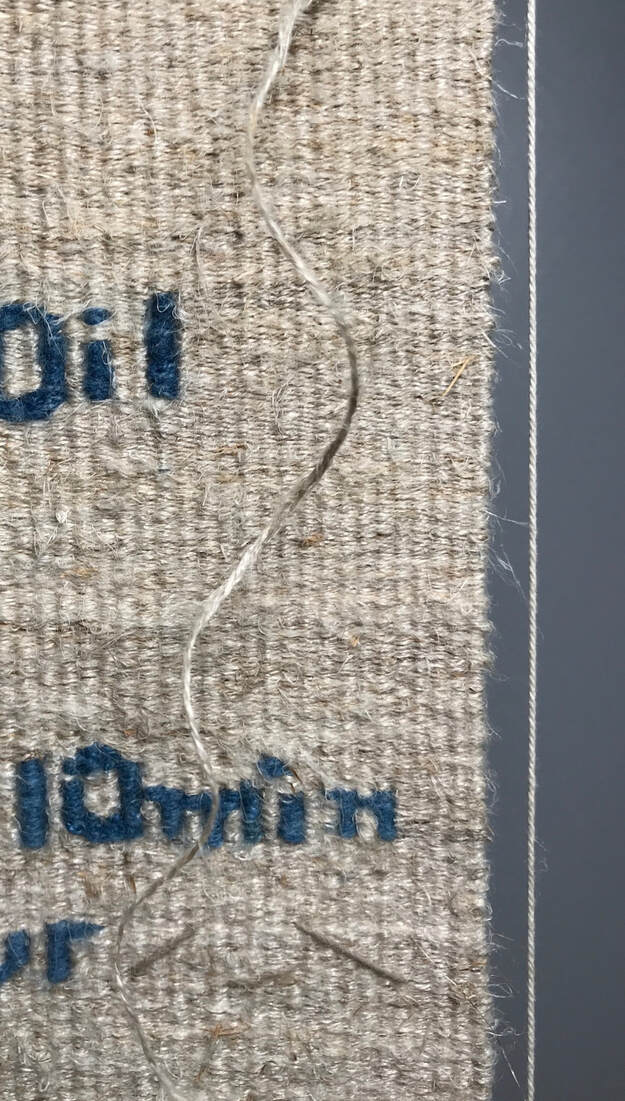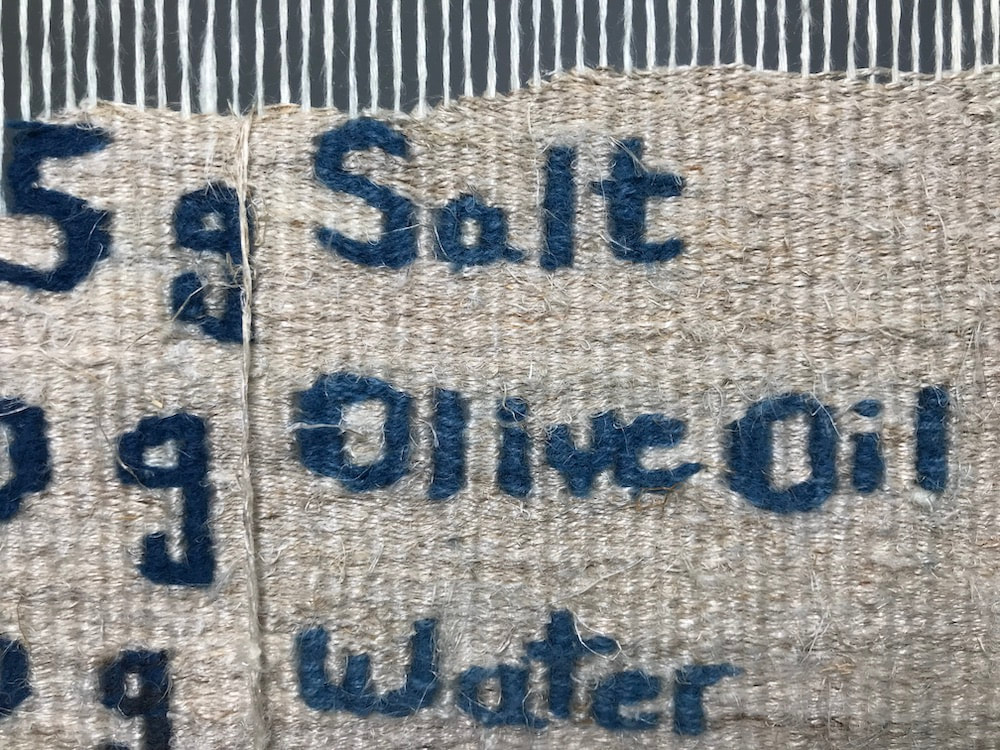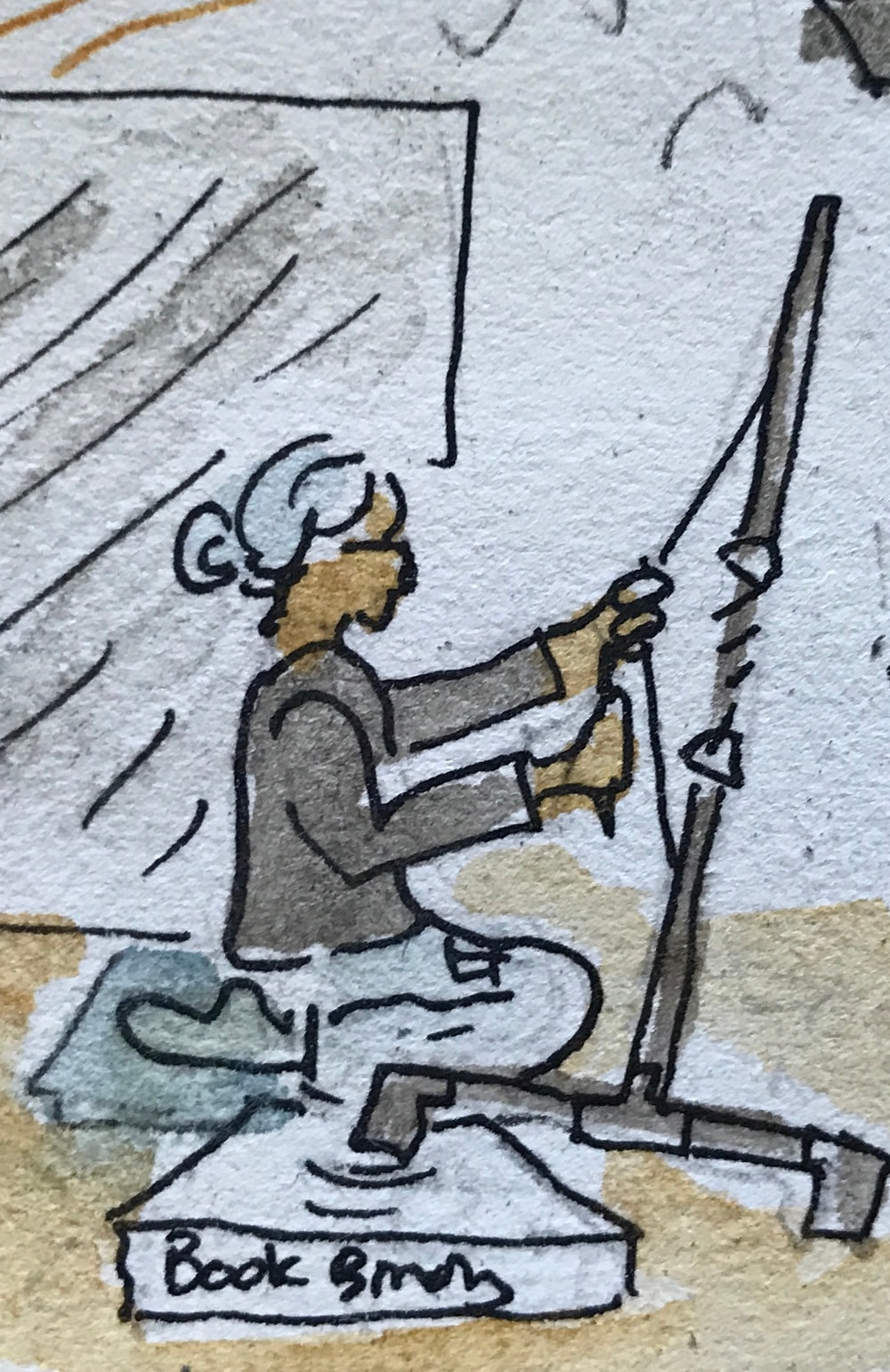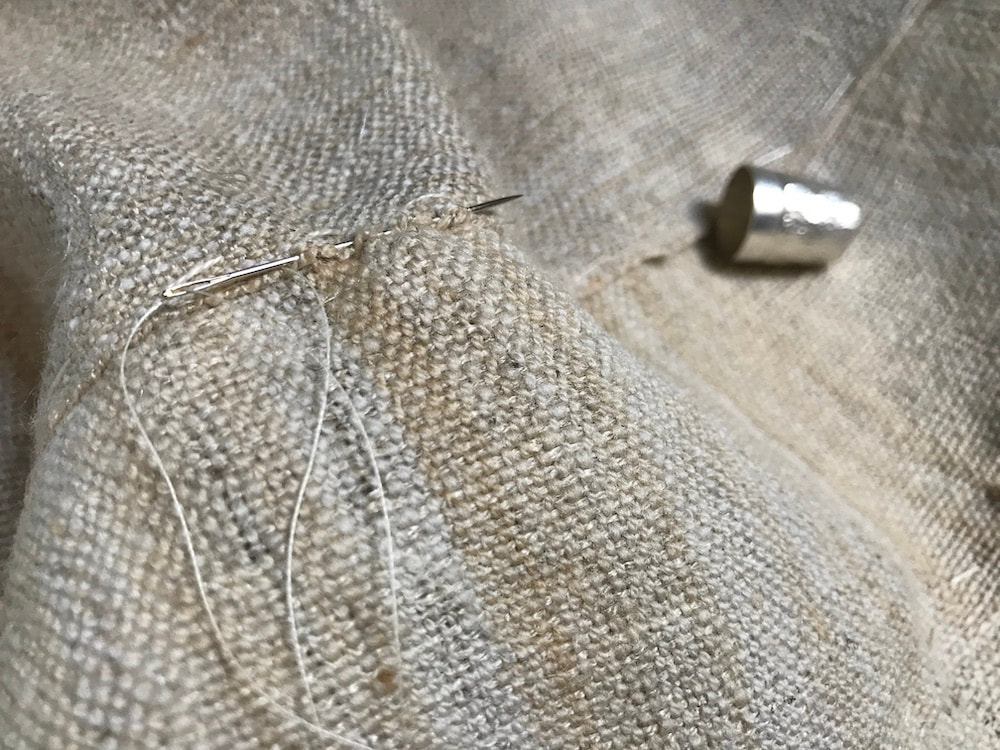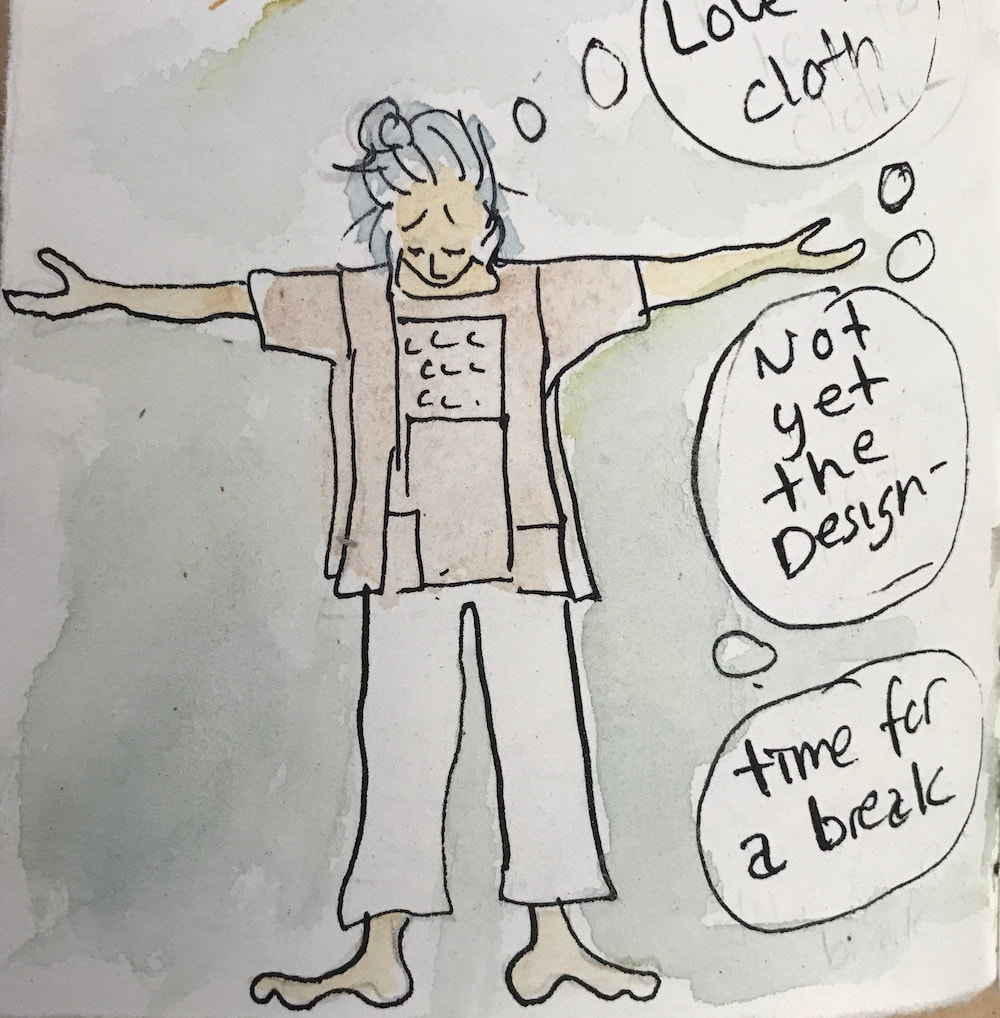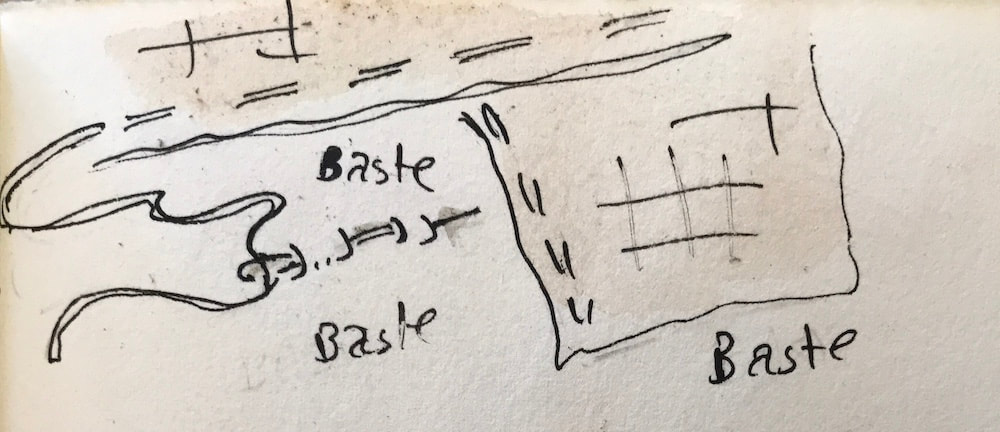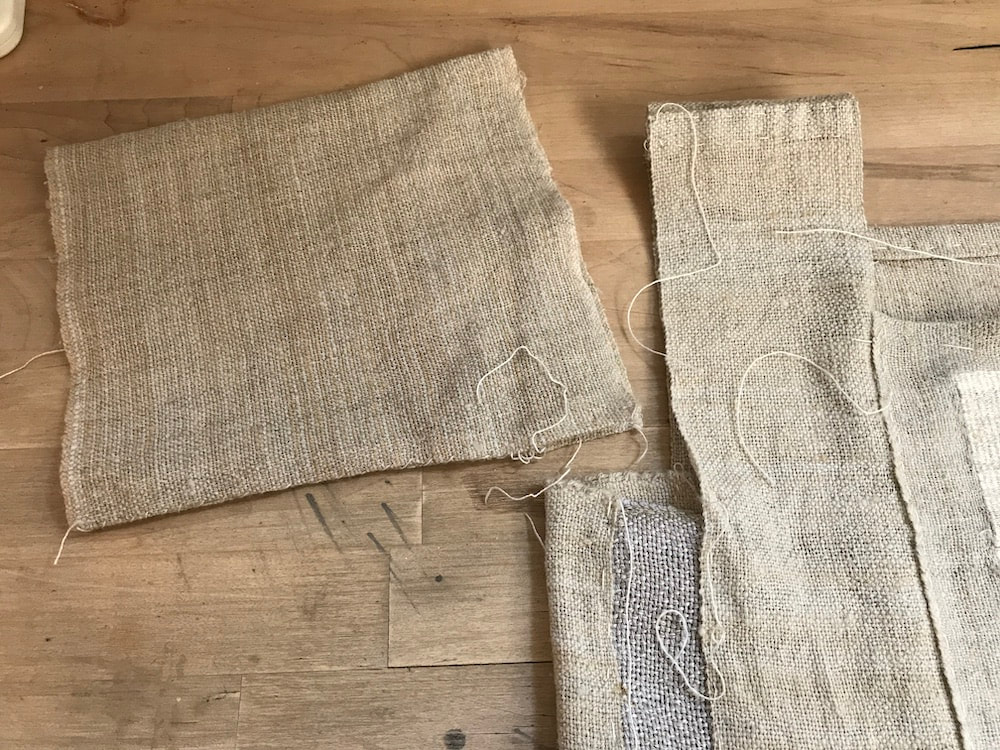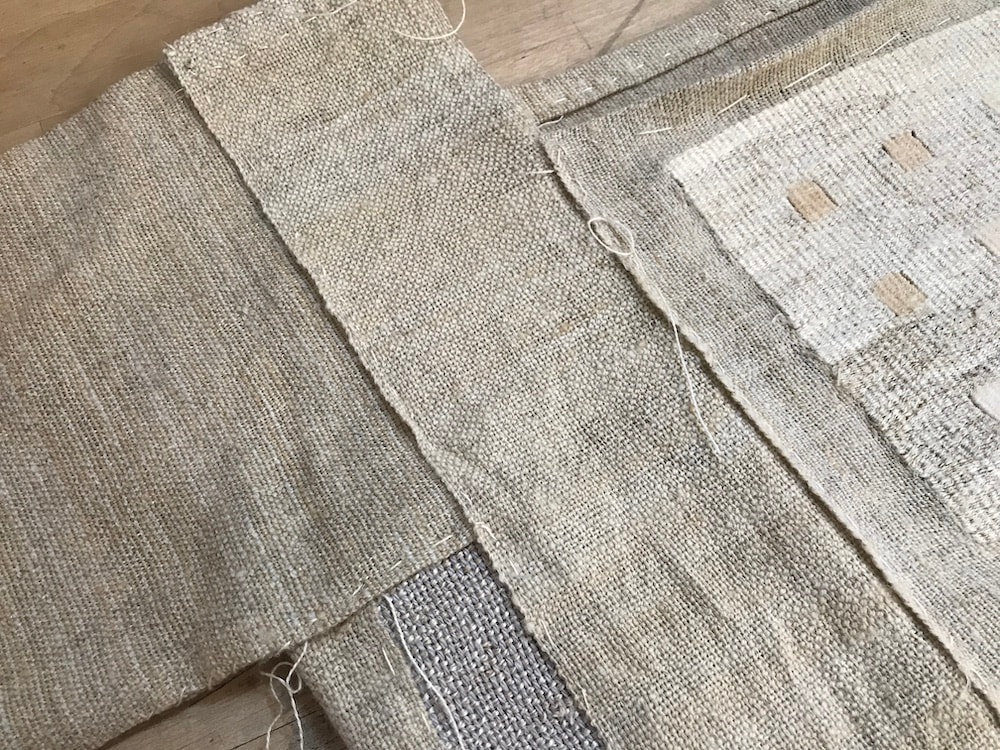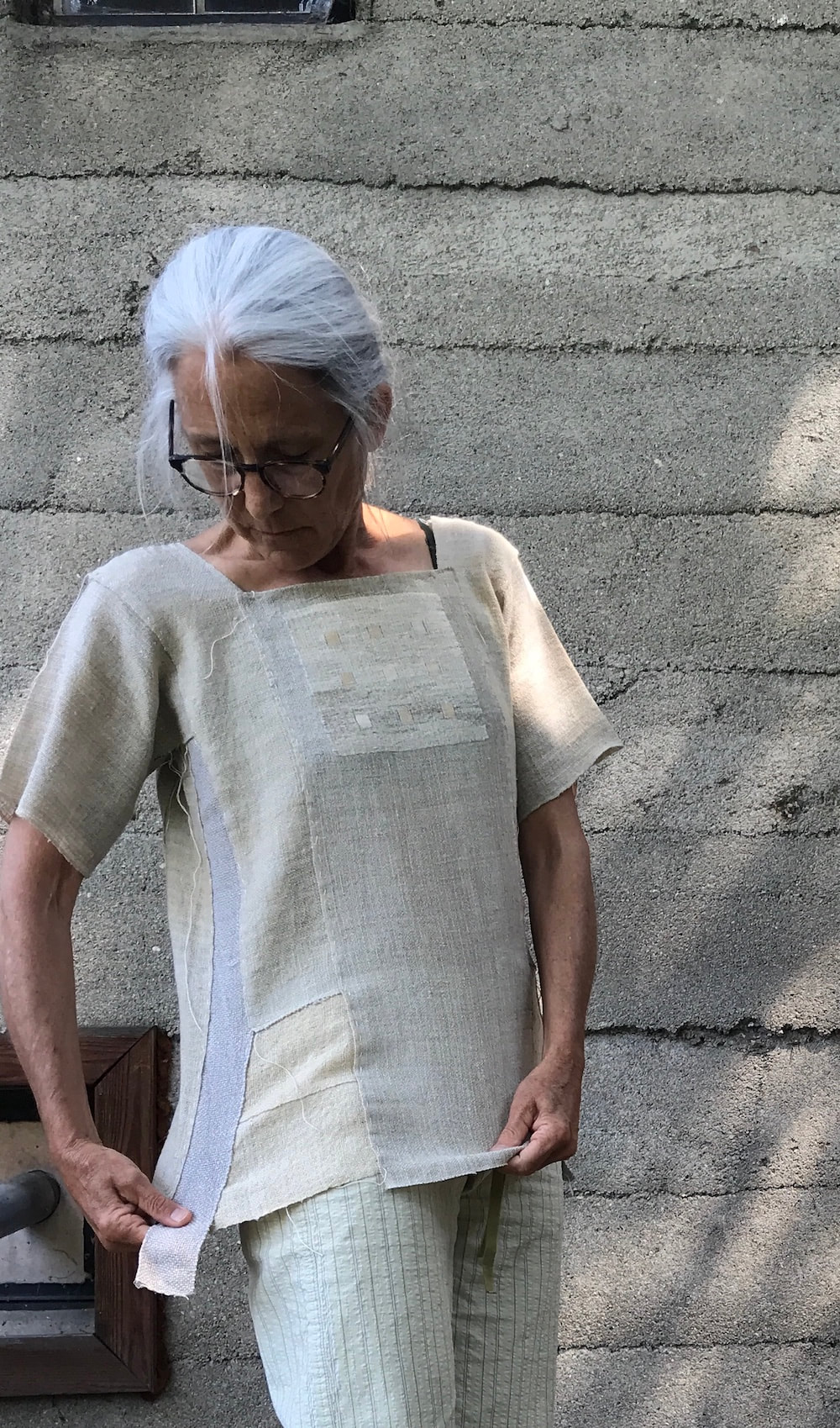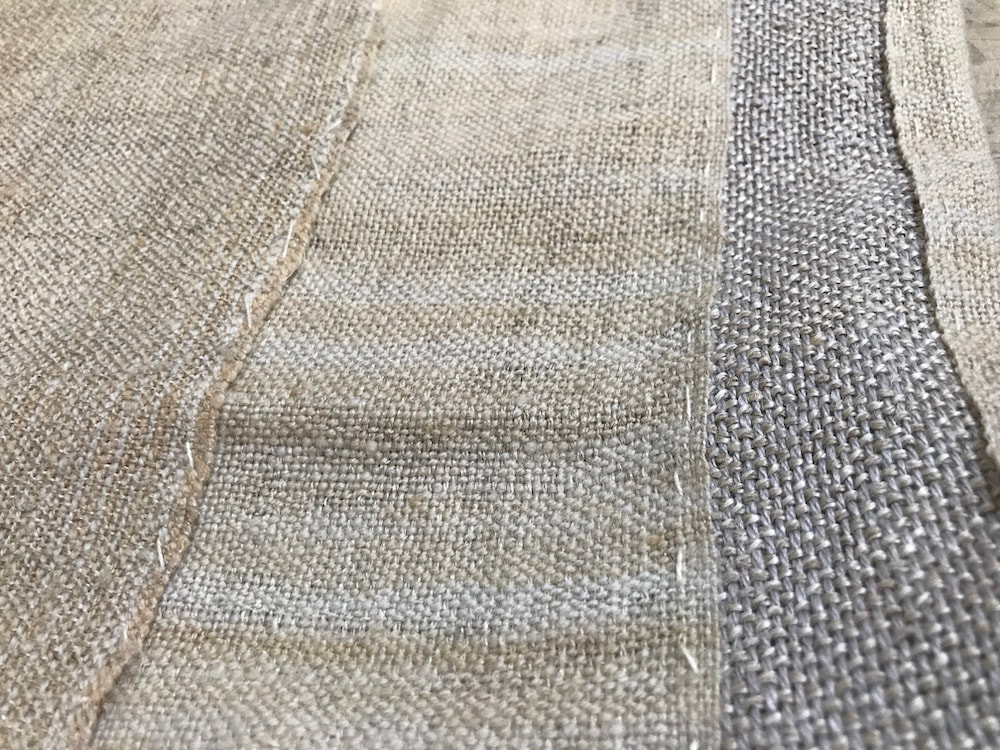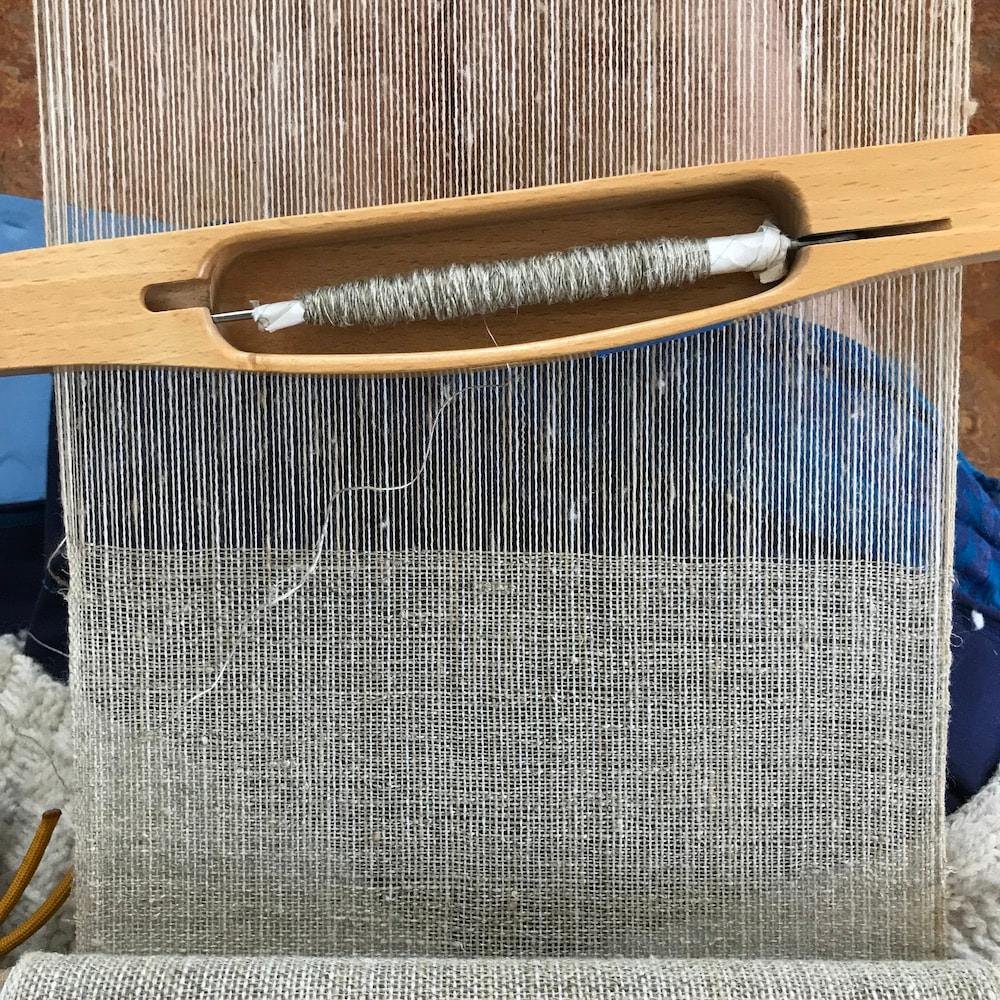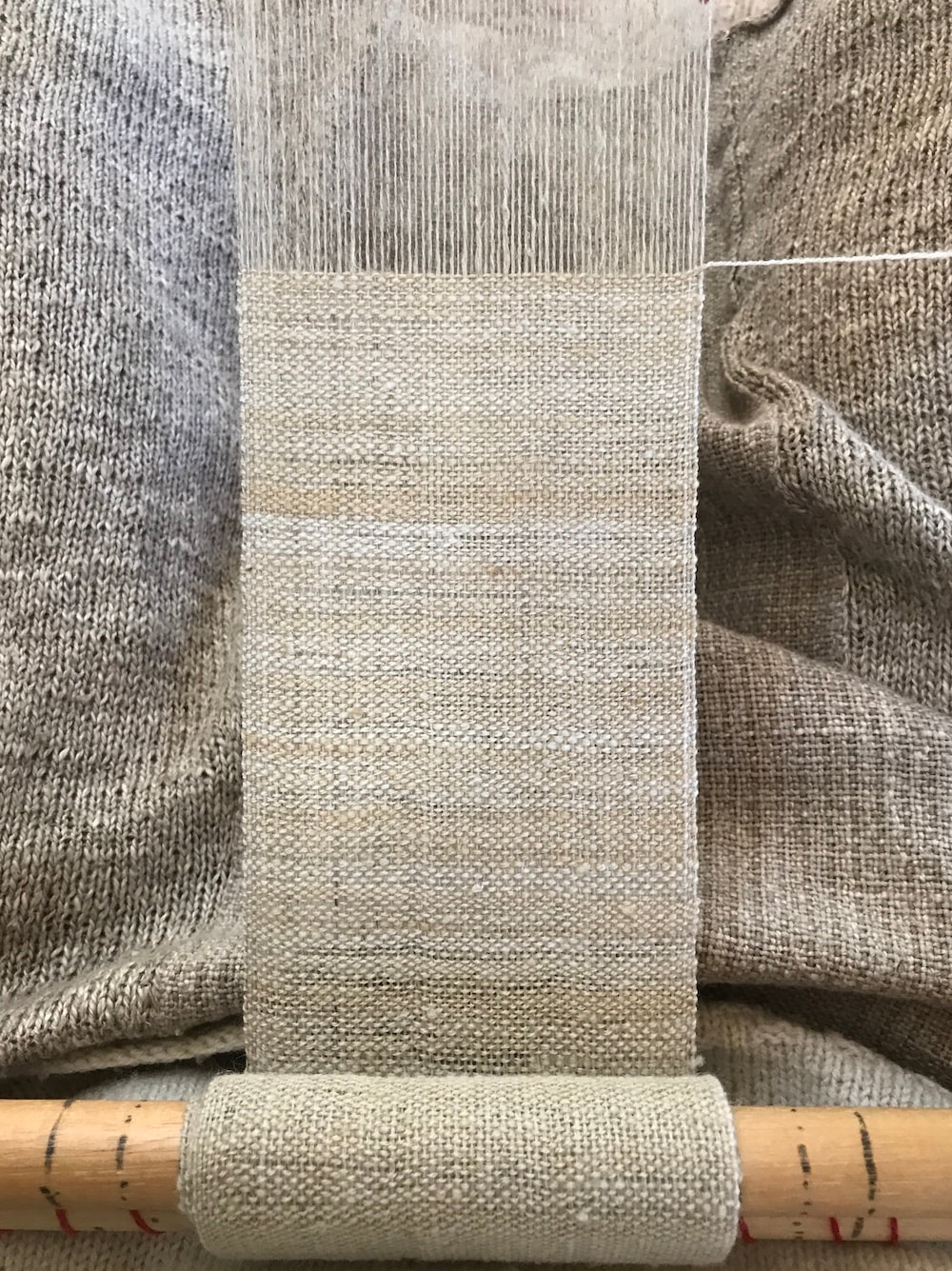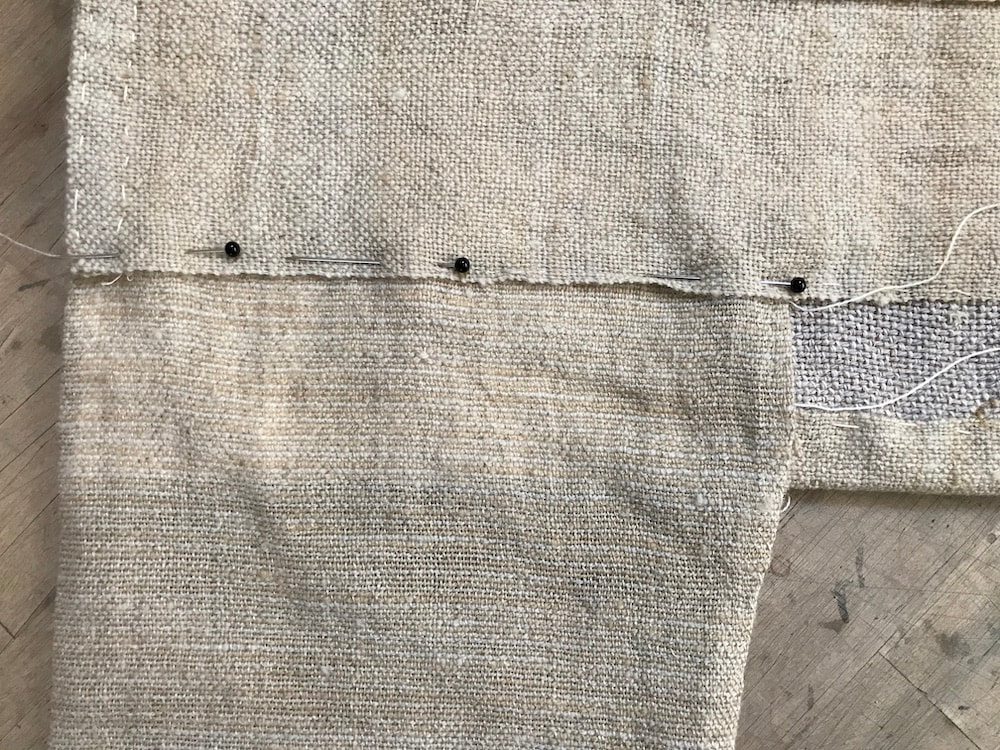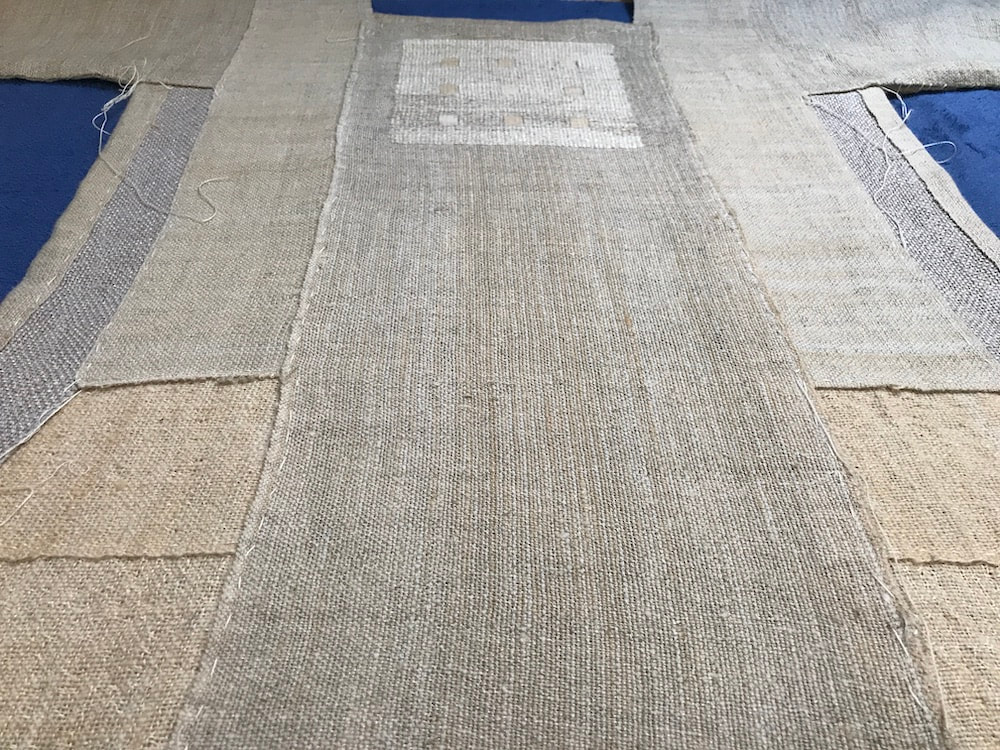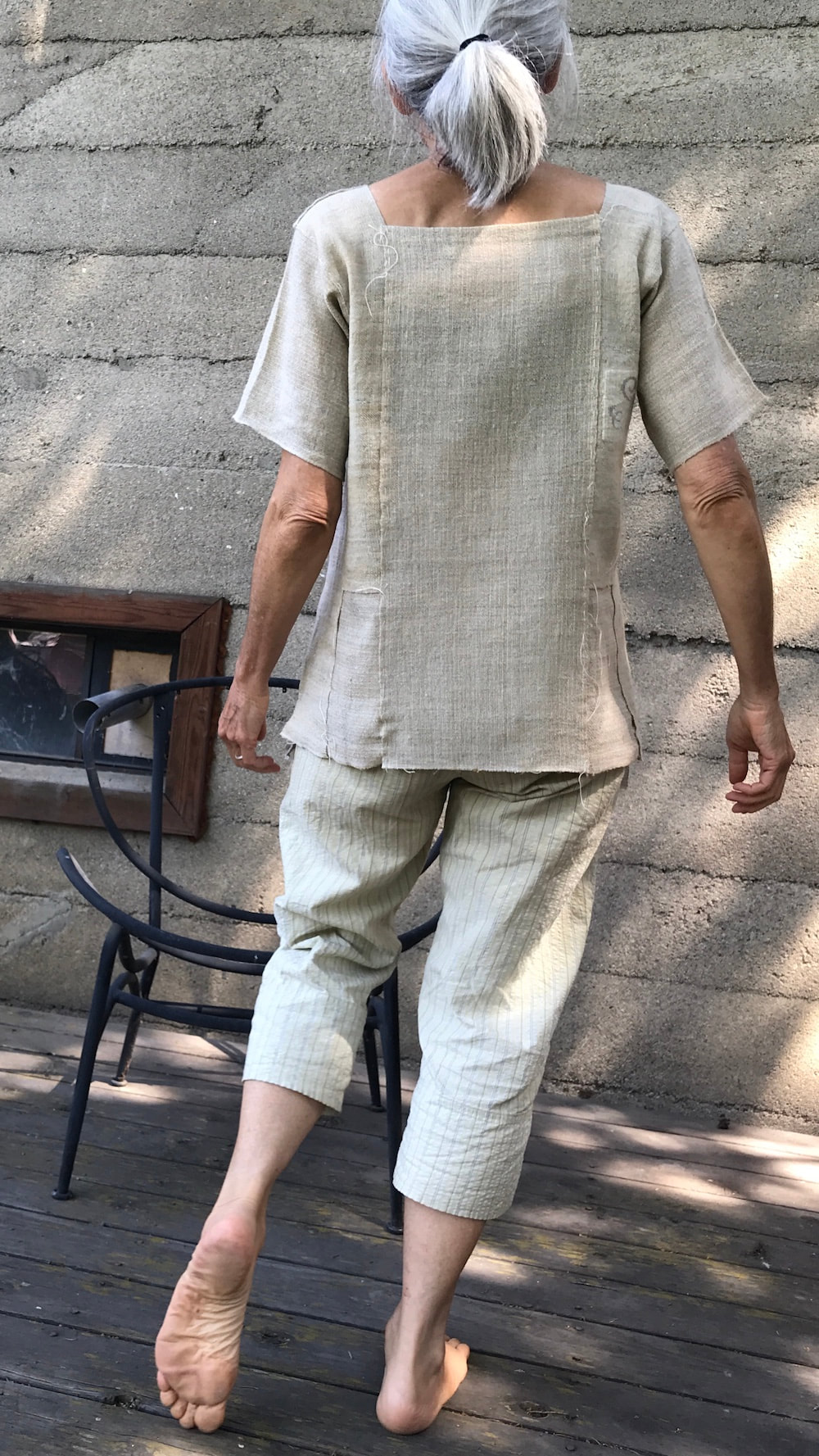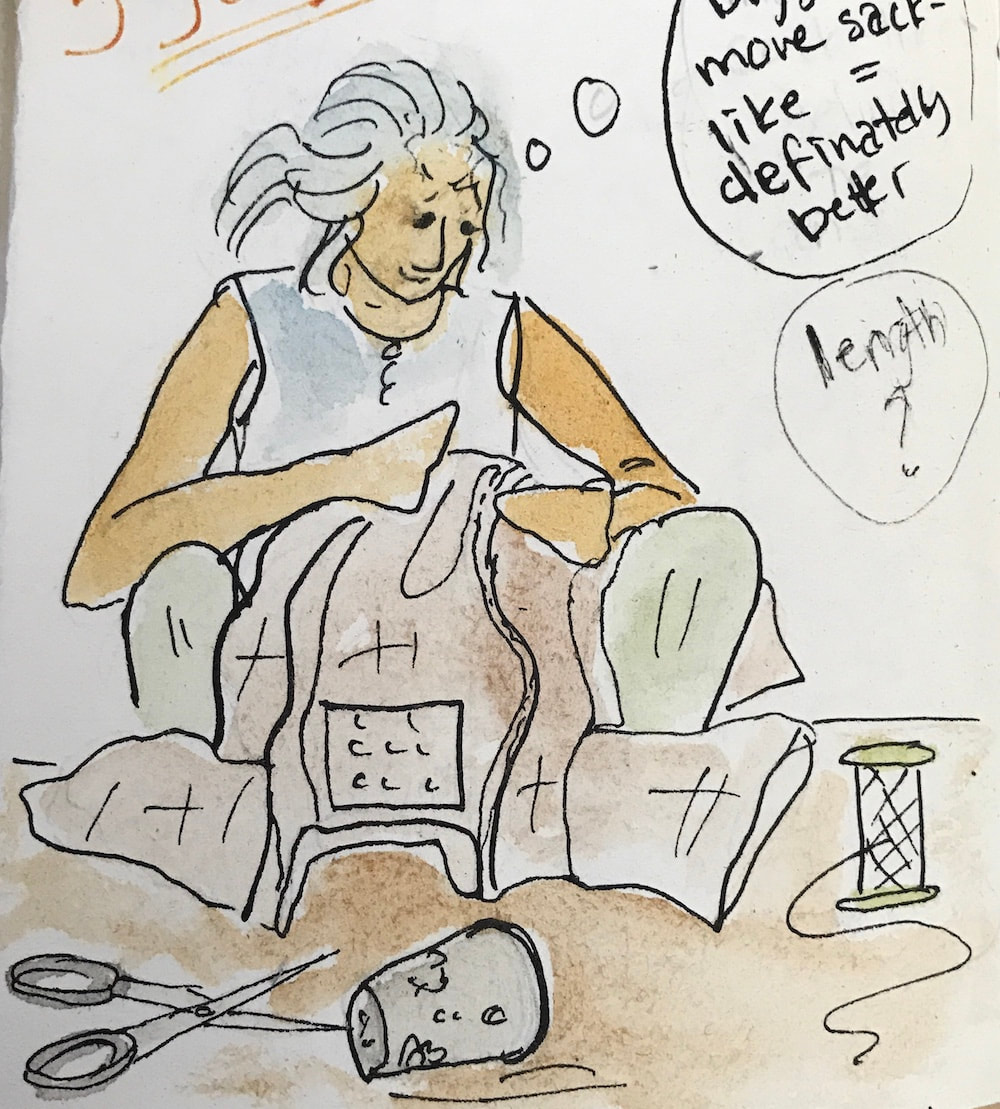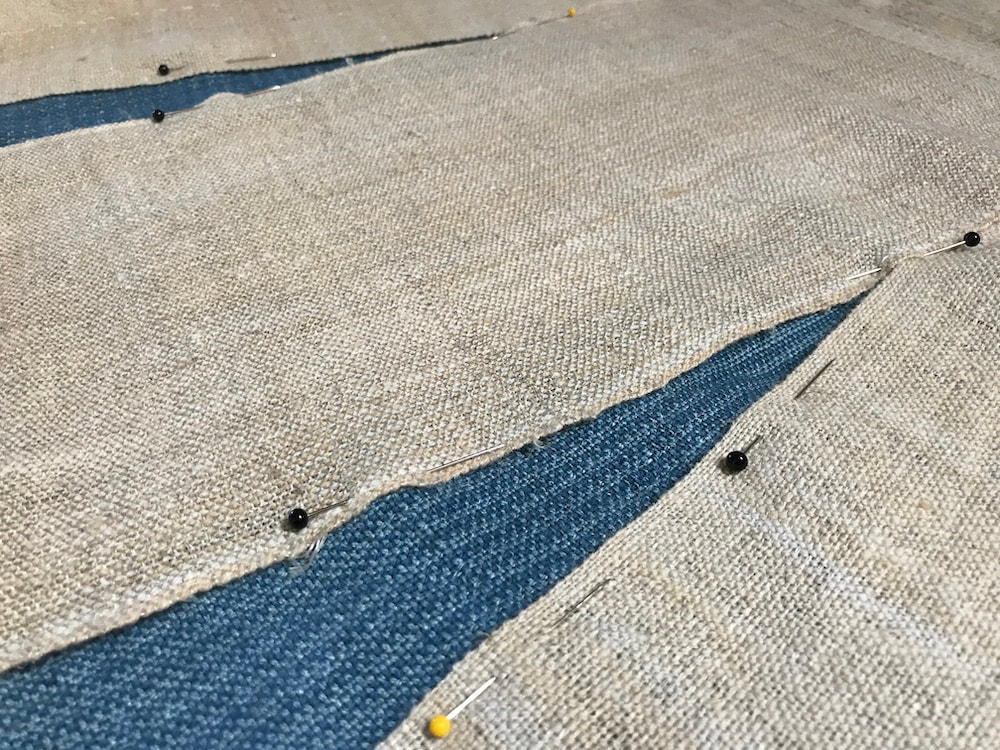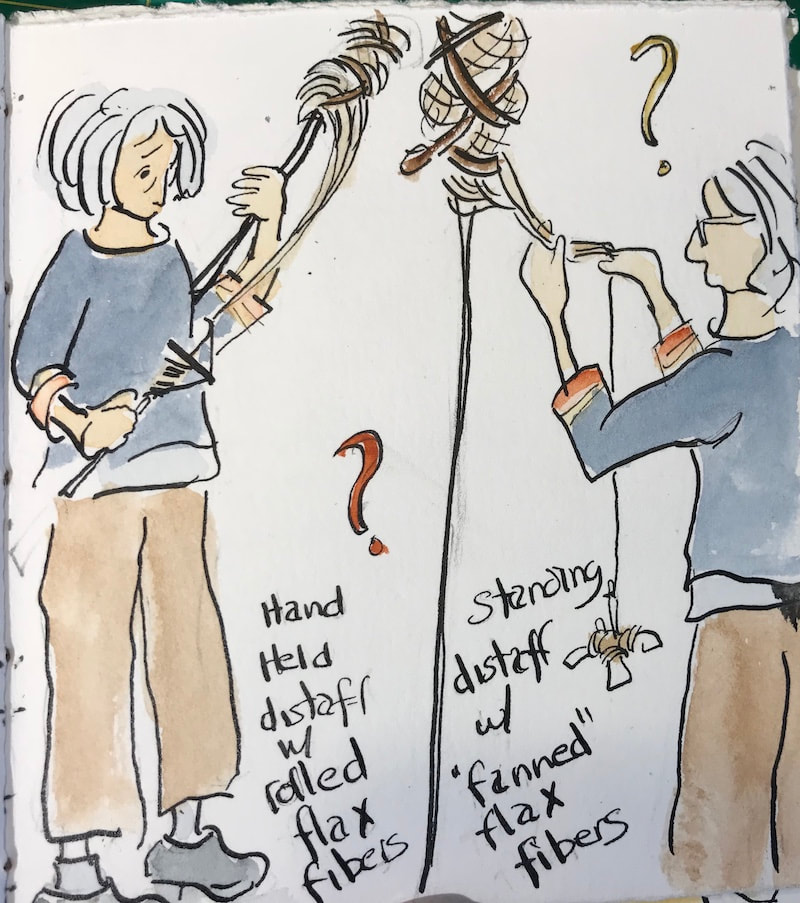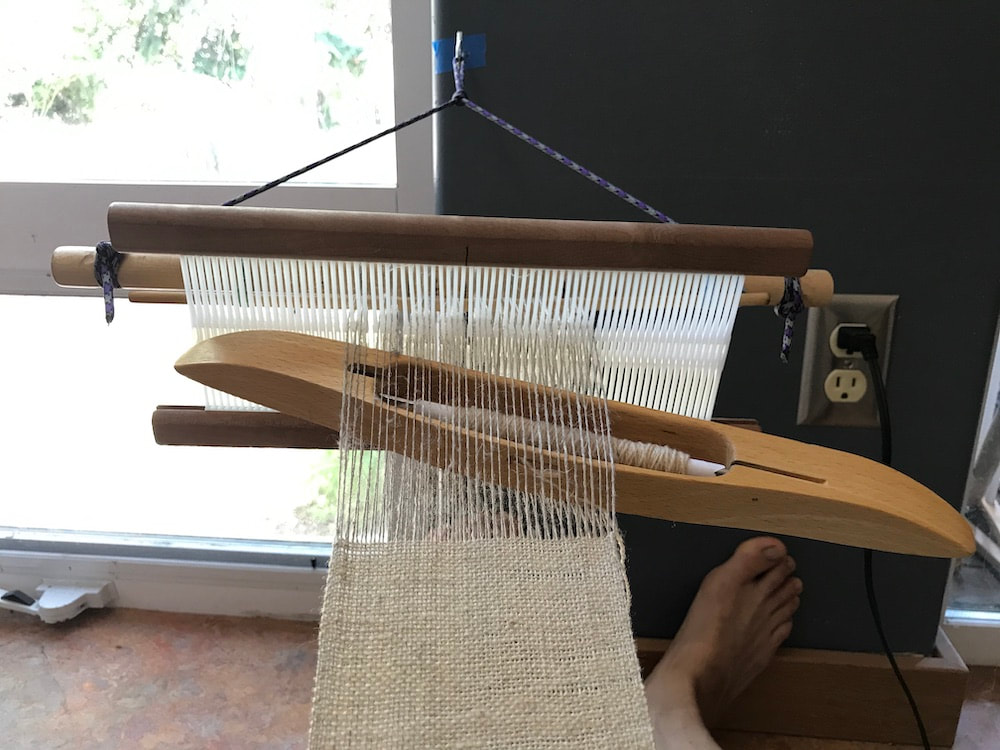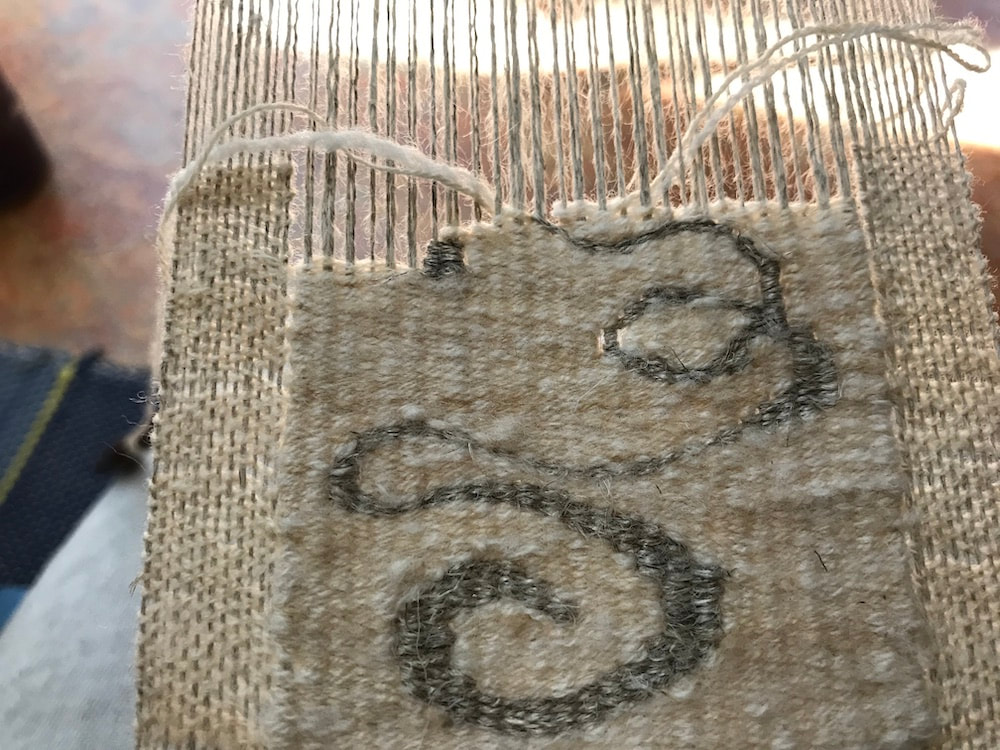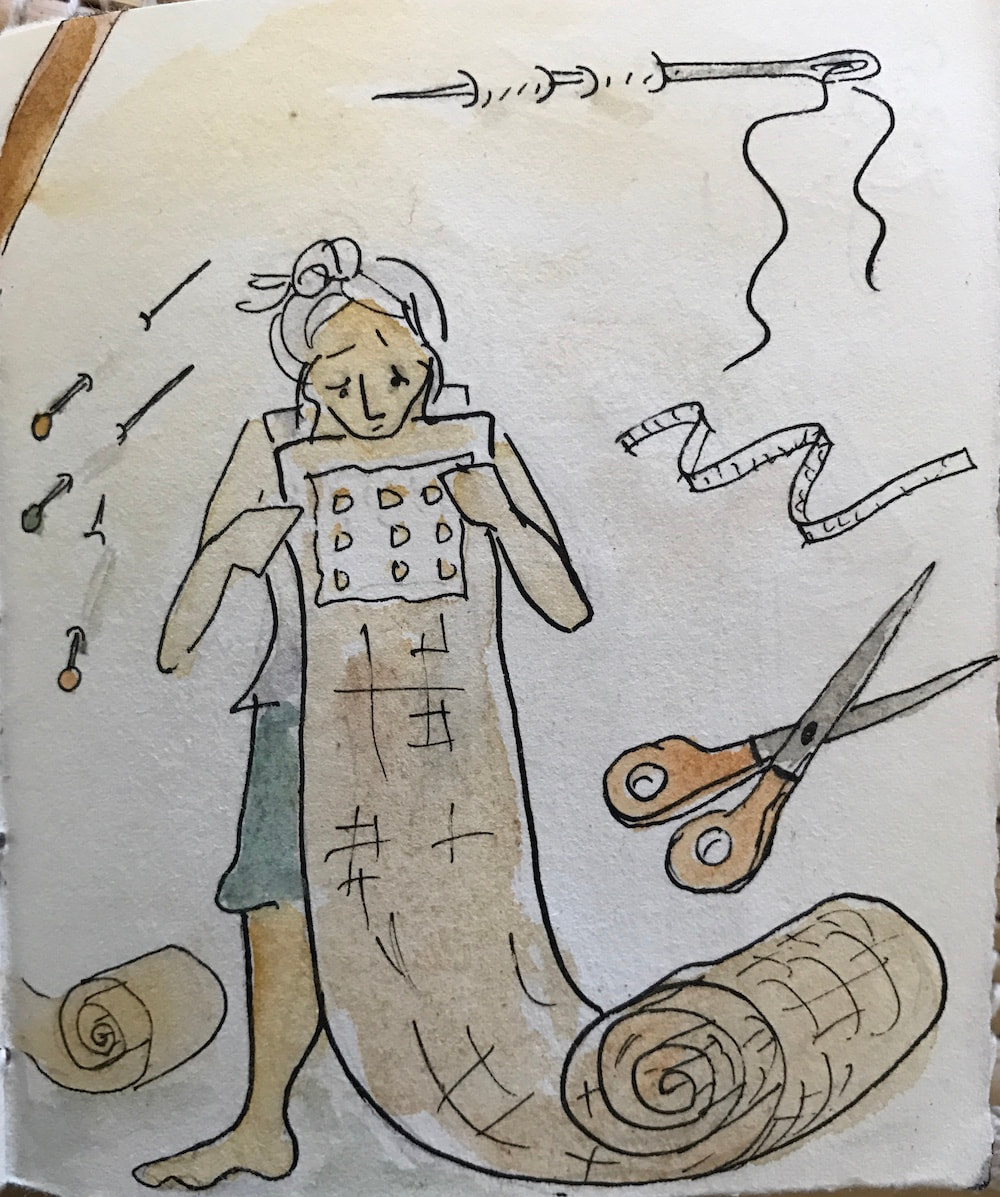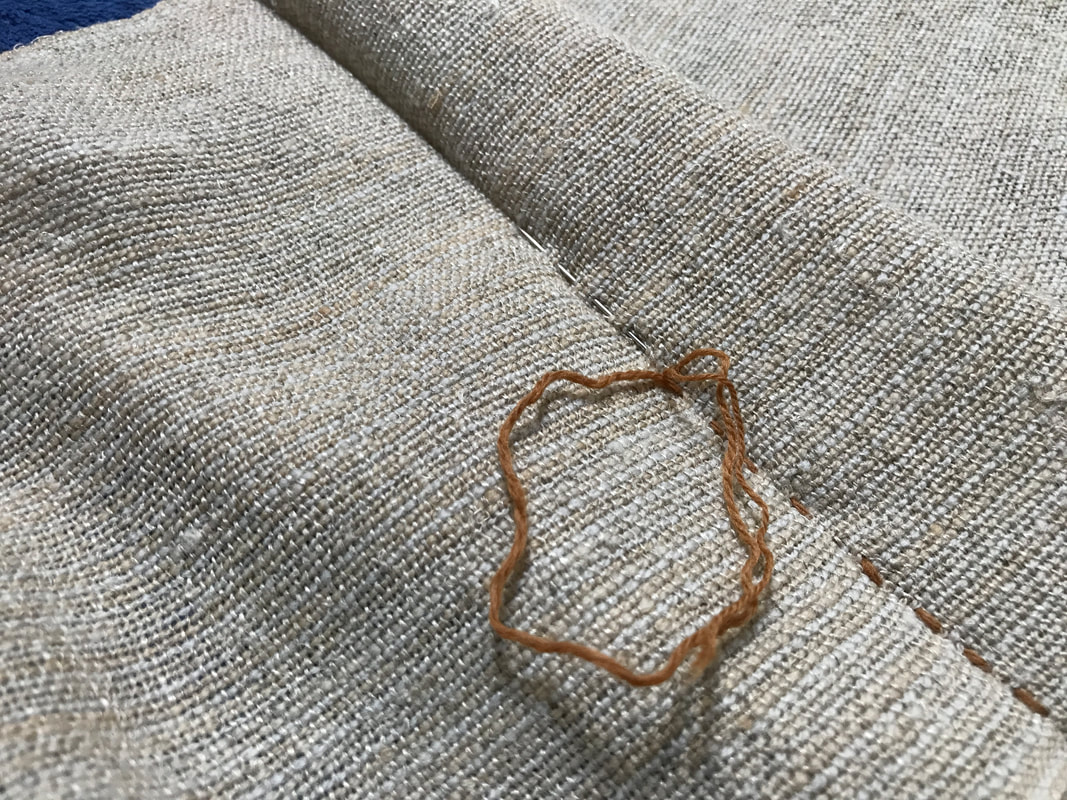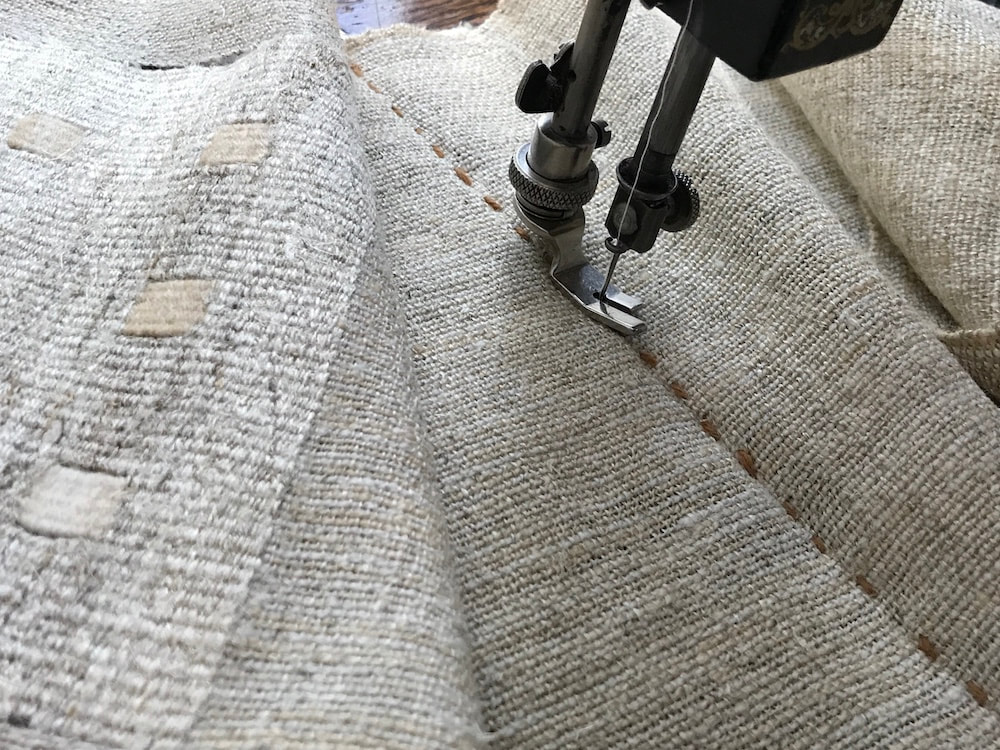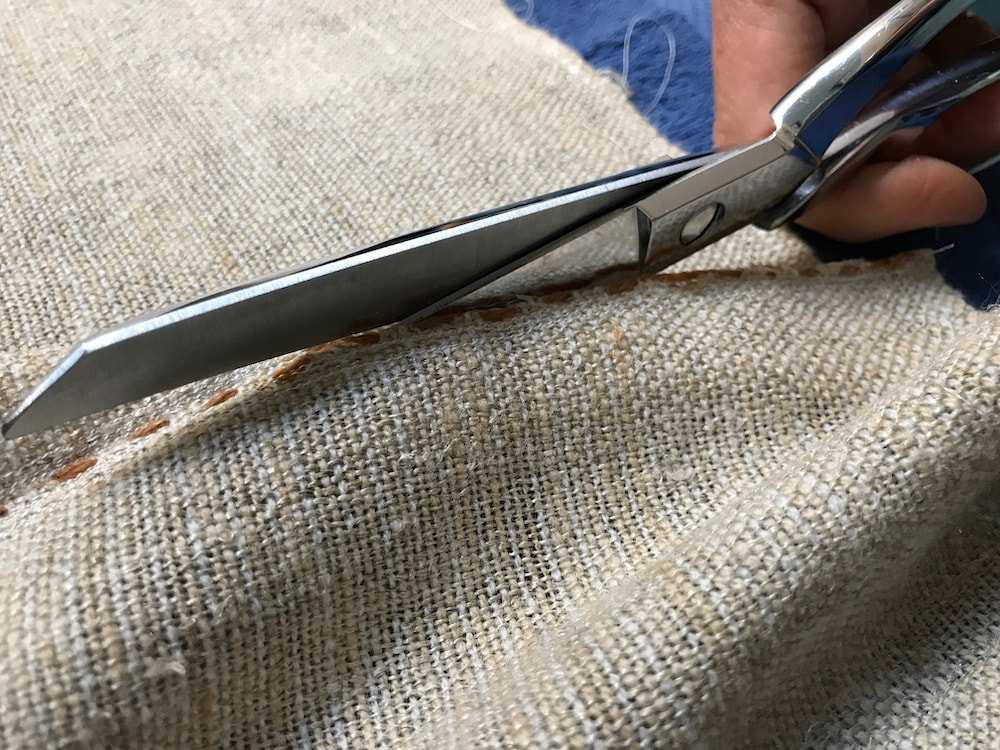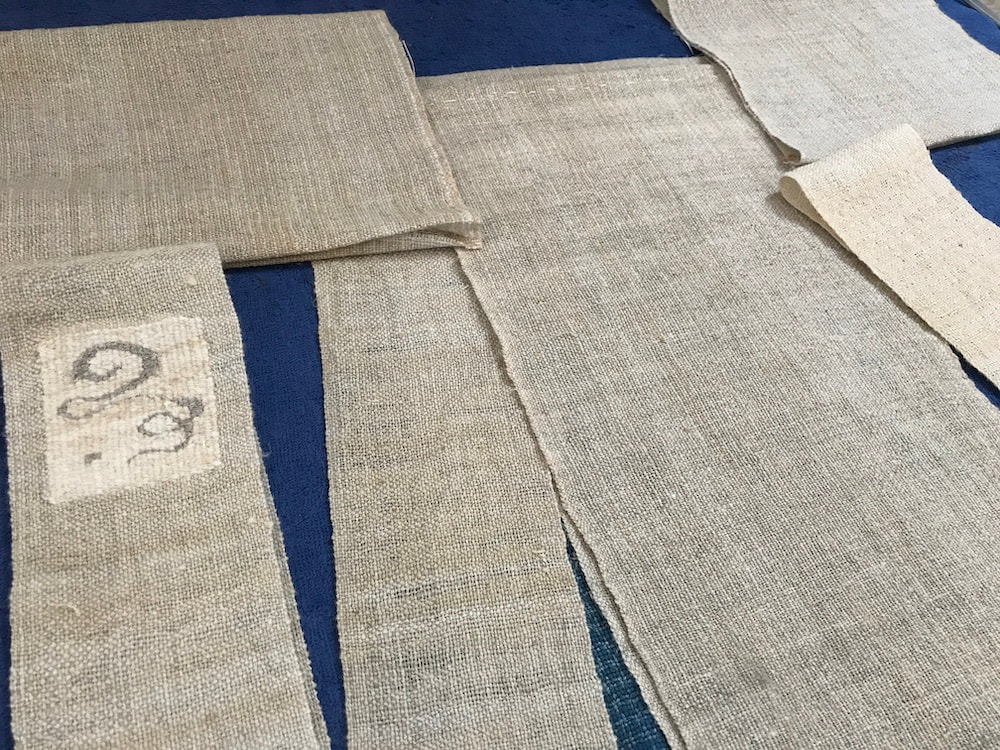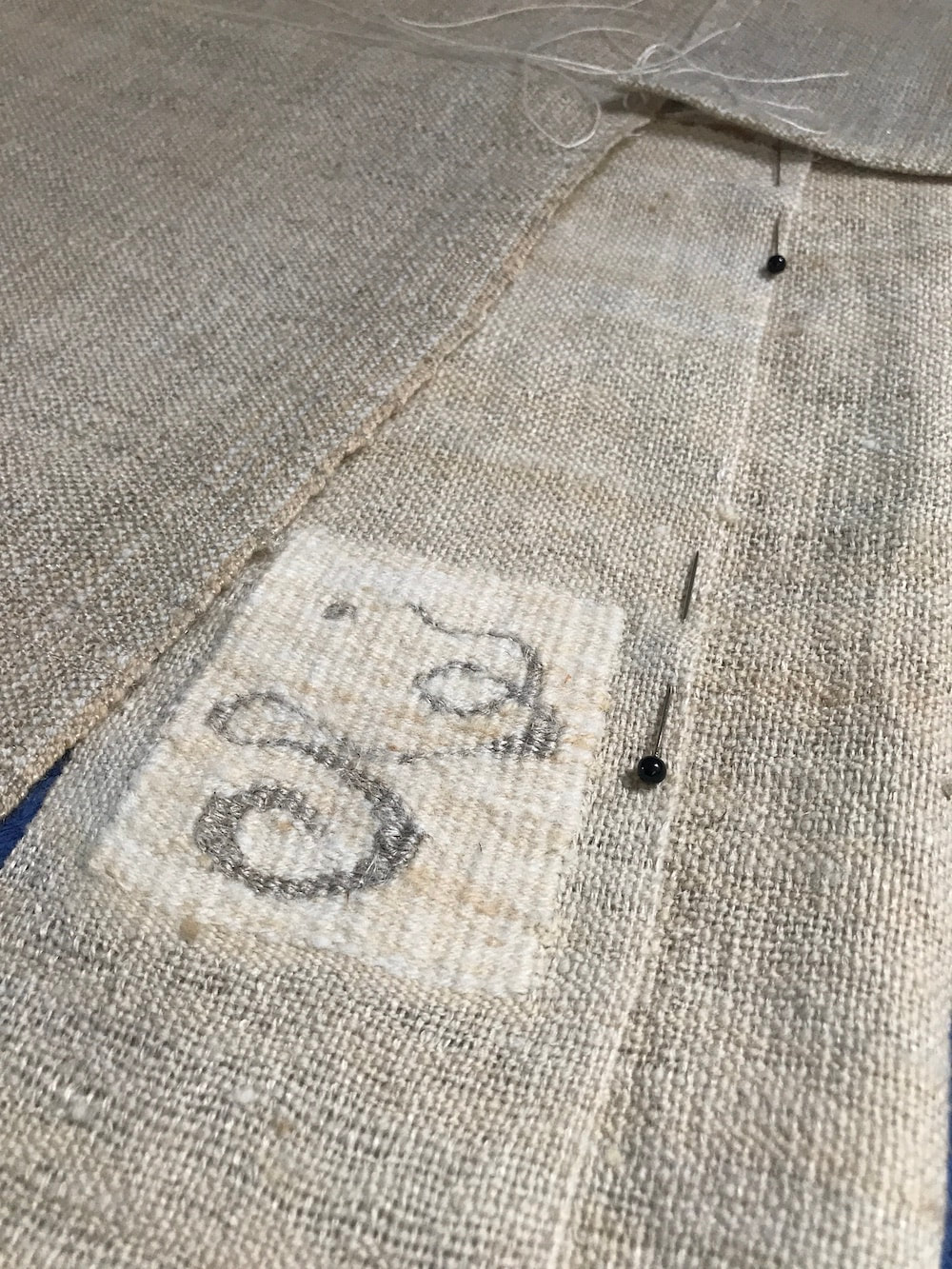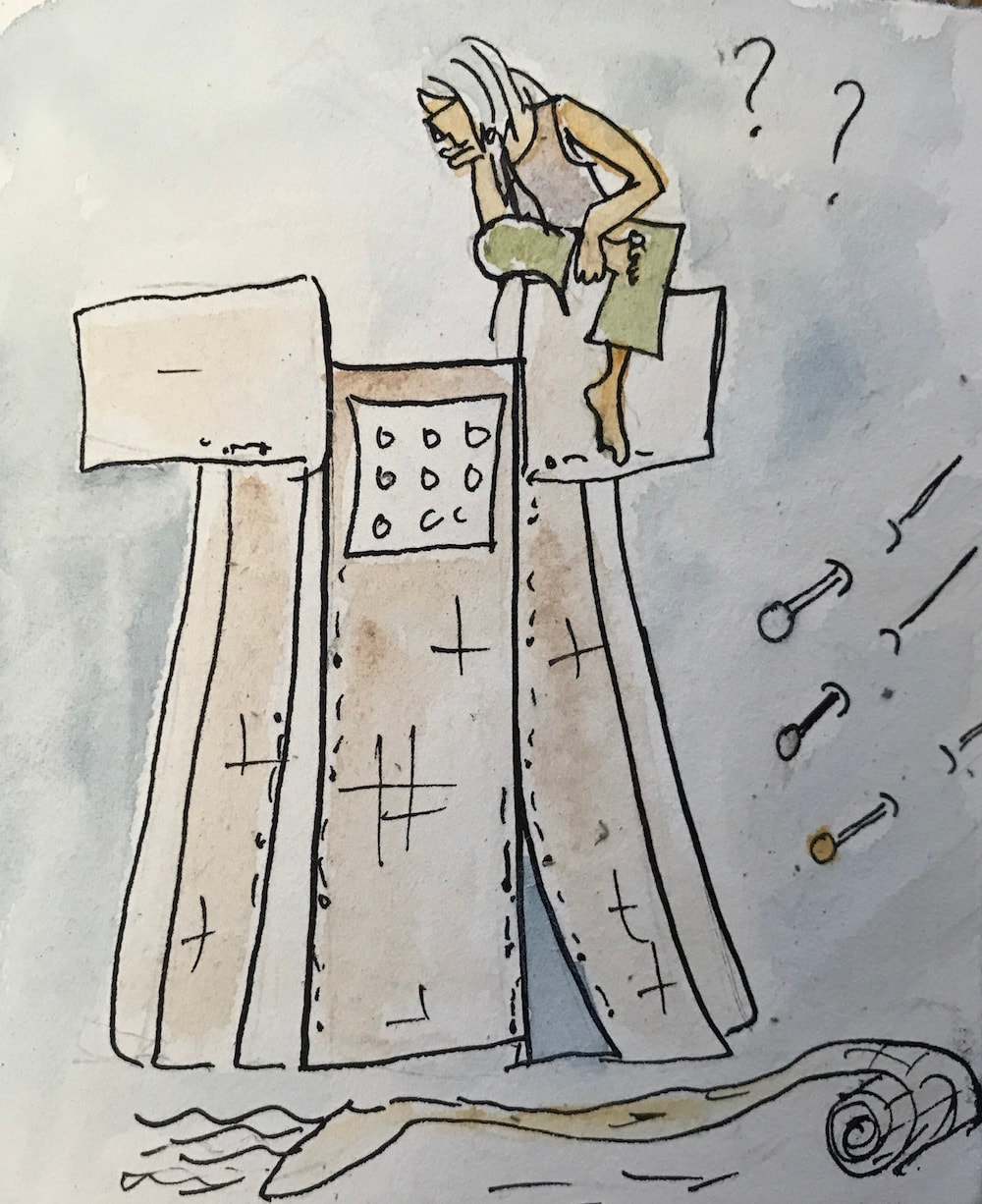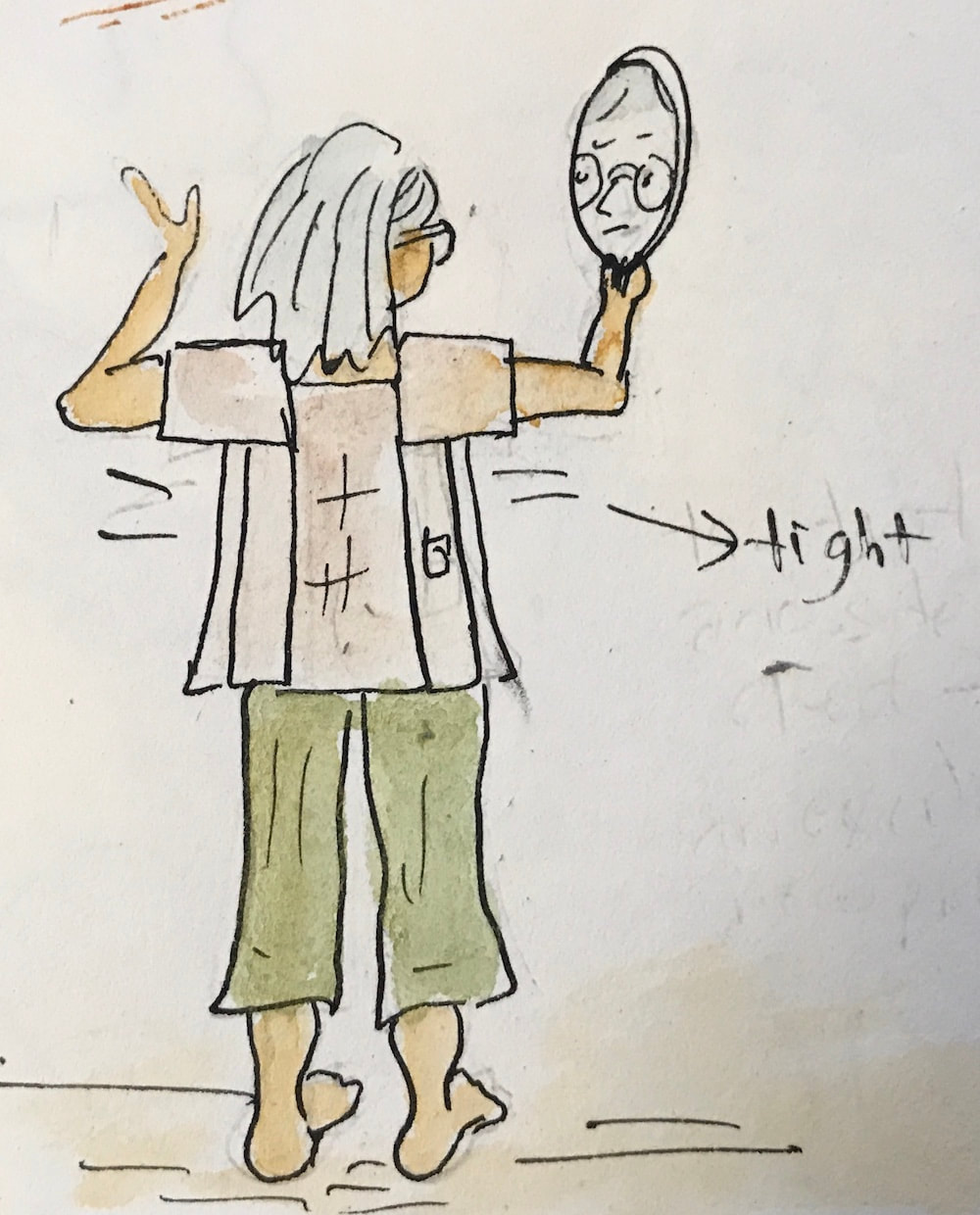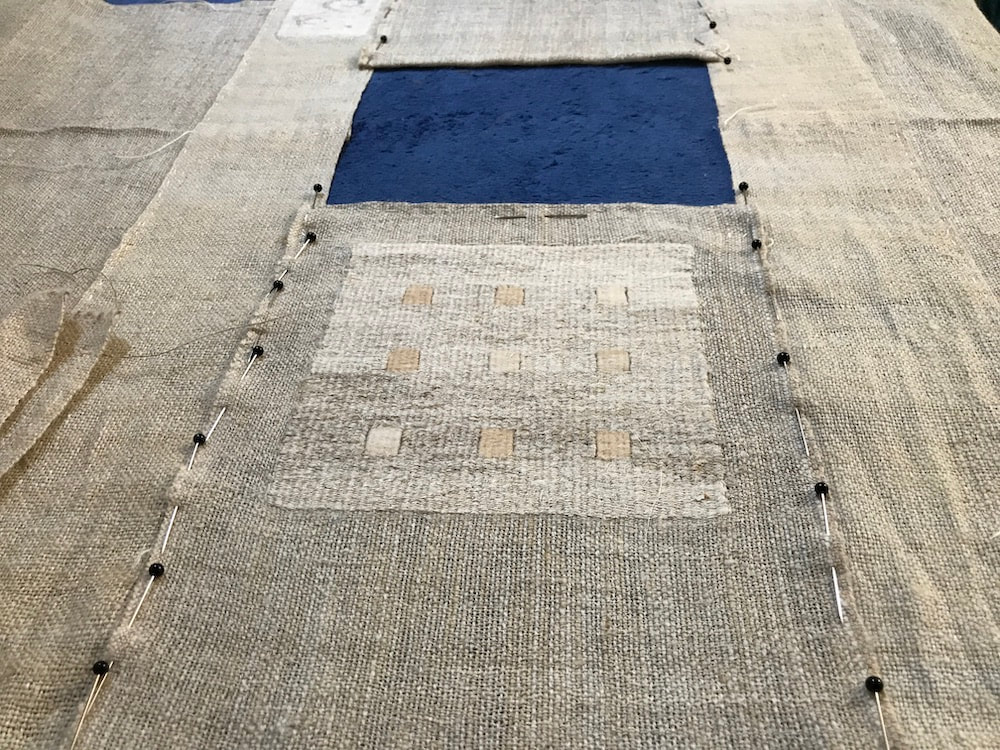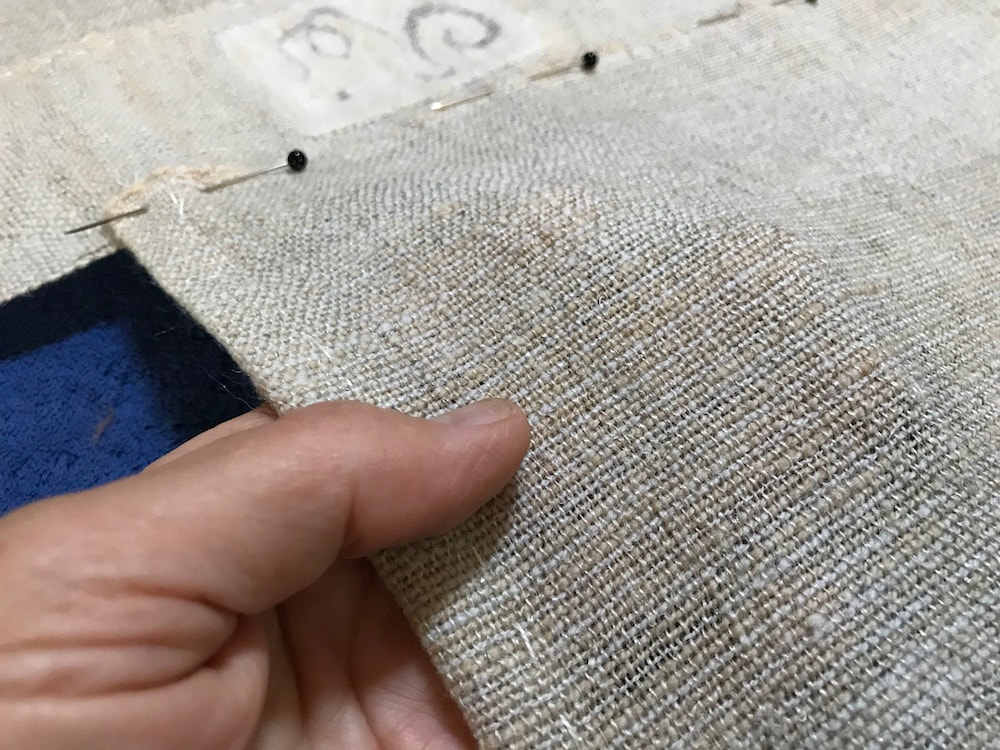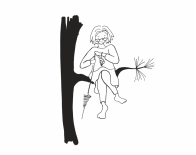the path ahead
is clear and straight --
and then suddenly
you find yourself
bare of foot
and knee deep
in snow--
or wildflowers?
in life, in days, in projects.
Indeed what, really, is a plan?
This linsey woolsey cloth,
for instance,
was definitely destined
to be another shirt.
four selvedge tapestry--
had it ever thought of itself
as anything but an independent entity--
much less considered that it would insist upon
being part of a blanket?
the pieced blanket thing anyway?
woolsey-woolsey
woolsey-tapestry
(and even a bit of silky-woolsey),
can't possibly all fit--
or glow--
as one.
As already demonstrated
I'm pretty terrible
at predicting the outcome of things--
the world--
a year--
a country--
a blanket--
or a blog.
To which end
here at the end
and before I become further distracted
by light shining through plain weave
or make the mistake
of attempting to sum up this weirdest of years
(which, of course, is still a month and a half from being over),
I'm going to close with a list
of things I don't want to forget to mention today:
1. Fringeless,
the online Four Selvage Tapestry Class
I teach with Rebecca Mezoff ,
is 25% off, now through Fyber Monday (30 November)
with the code FyberFringe
(because it is WAY easier to for a tapestry
to be an integral parts of your blanket
when there are no hems to worry about--
just saying!)
is on her blog and totally worth checking out.
Her reviews (linked in the post)
are thorough and compelling--
but then that is true of everything she does.
And---multiple tapestry books? I mean!
3. A couple of new Natural Dye Resources
have come to my attention
(and I'm sure there are many more):
--Journeys in Natural Dying--
(color without leaving home)
and
The Maiwa School of Textiles free Classes
(to be followed on 1 December with winter workshop offerings)
4. I'm totally in love with The Tatter Textile Library ,
an intersectional textile portal of goodness,
(with its own line up of compelling classes
and skilled makers),
as well as a spectacular new online journal,
TATTER,
which has engrossed me for the last few days--
each essay/maker profile/feature its own portal to a different kind of
textile yumptiousness (if that is a word),
that I've just begun to explore.
I've made the somewhat surprising
(and weirdly delicious) decision
to stop blogging for the winter--
to give over this time
to other voices/ideas
and my inner Luminist.
As you might imagine
the latter will take a little practice,
for my inner Storymaker loves to write this blog--
her hand-in-the-air compulsion
to explain, describe and generally dominate my creative world
a driving force in much of what I do.
Nonetheless,
and because I don't know
what is going to happen,
I will attempt to enlist her aid
and (respectfully) request that for this time
she turn her interactive skills
to the important task
of making space
for whatever shows up--
and then refrain from talking about it.
We'll see how it goes...
(Truth be told, and realistically,
she already has a couple of things in the works
that should keep her decently occupied till spring
which may, or may not ease the way for the Luminist).
I'll see you in March, my friend,
and till then,
stay safe, be well,
have fun,
and make stuff as you like and can.
